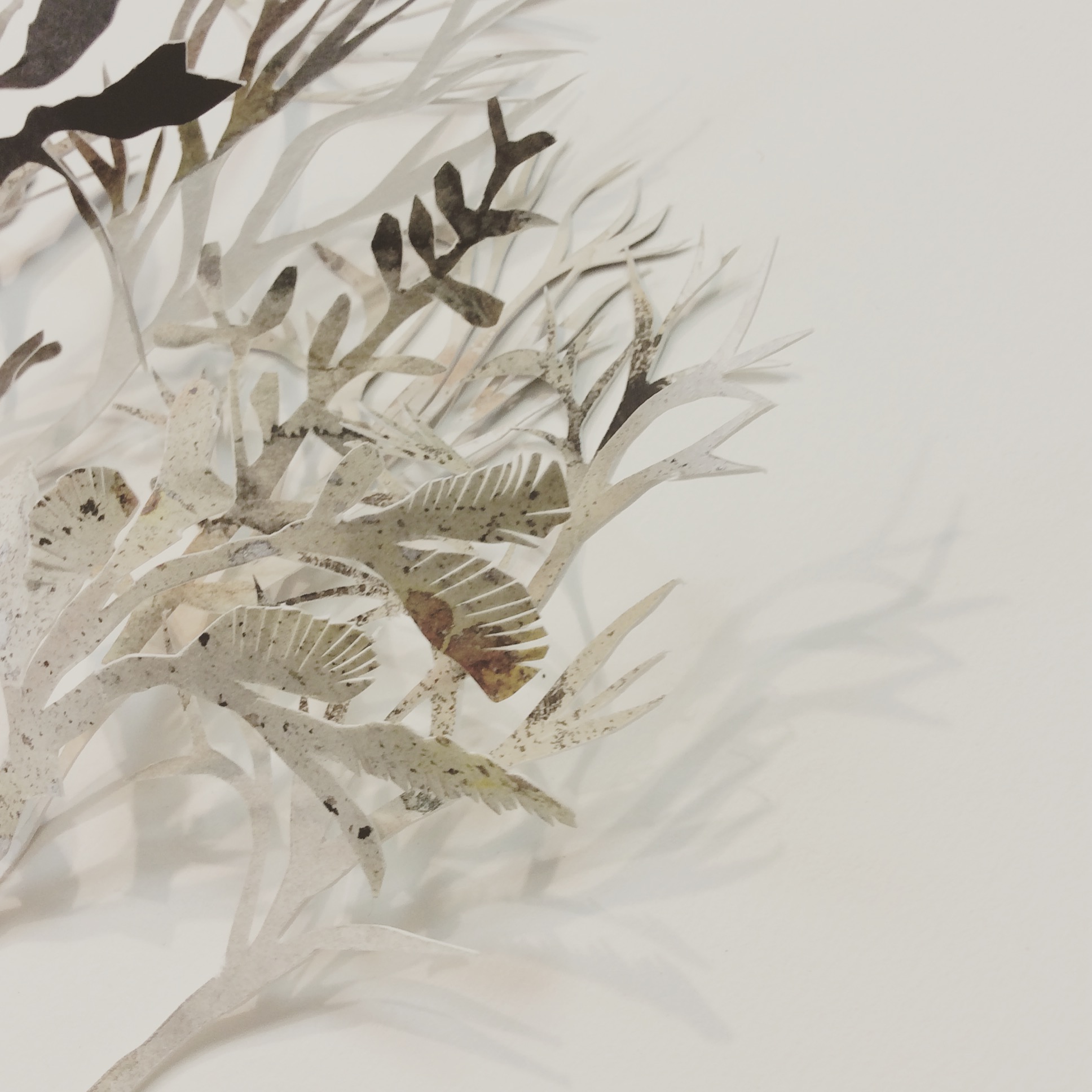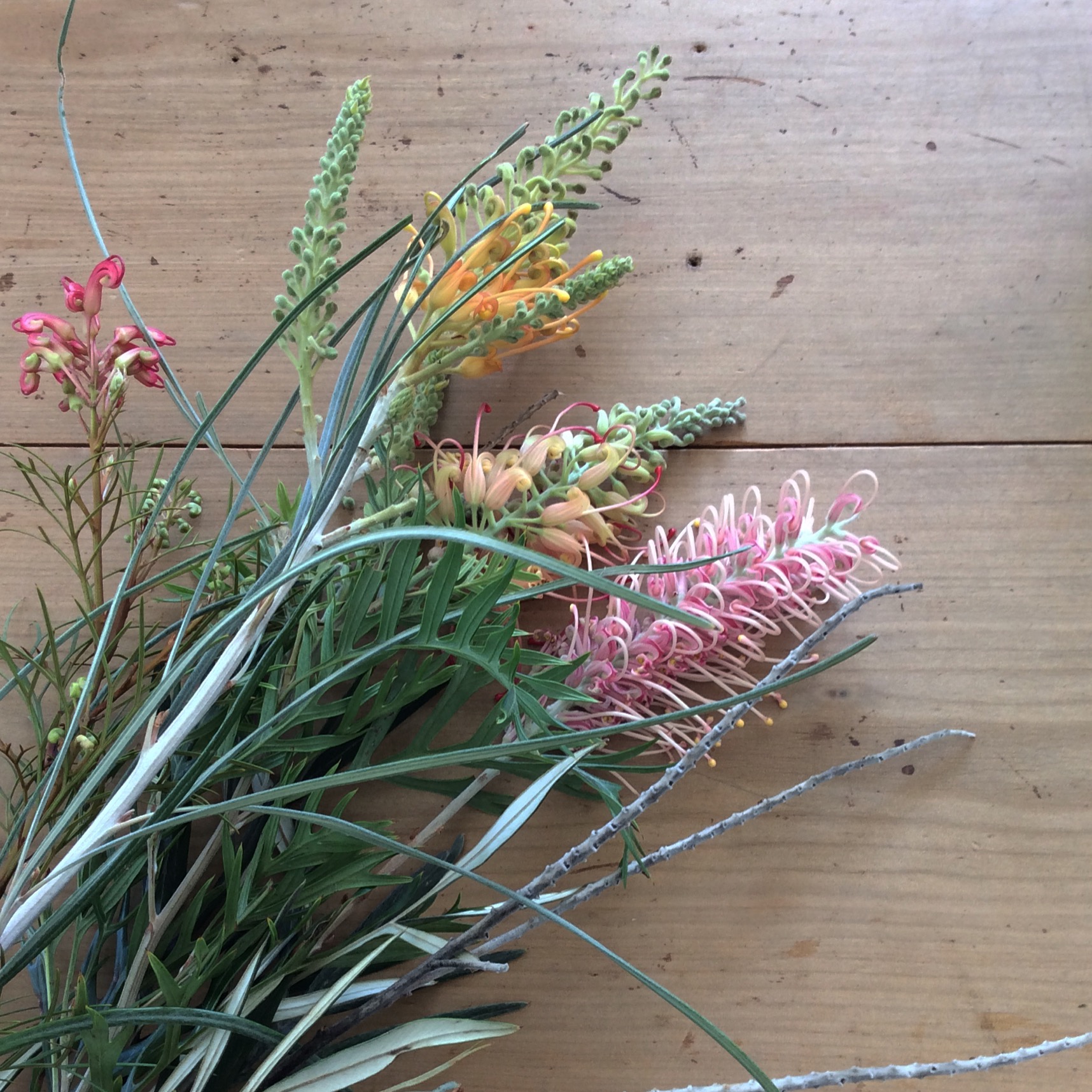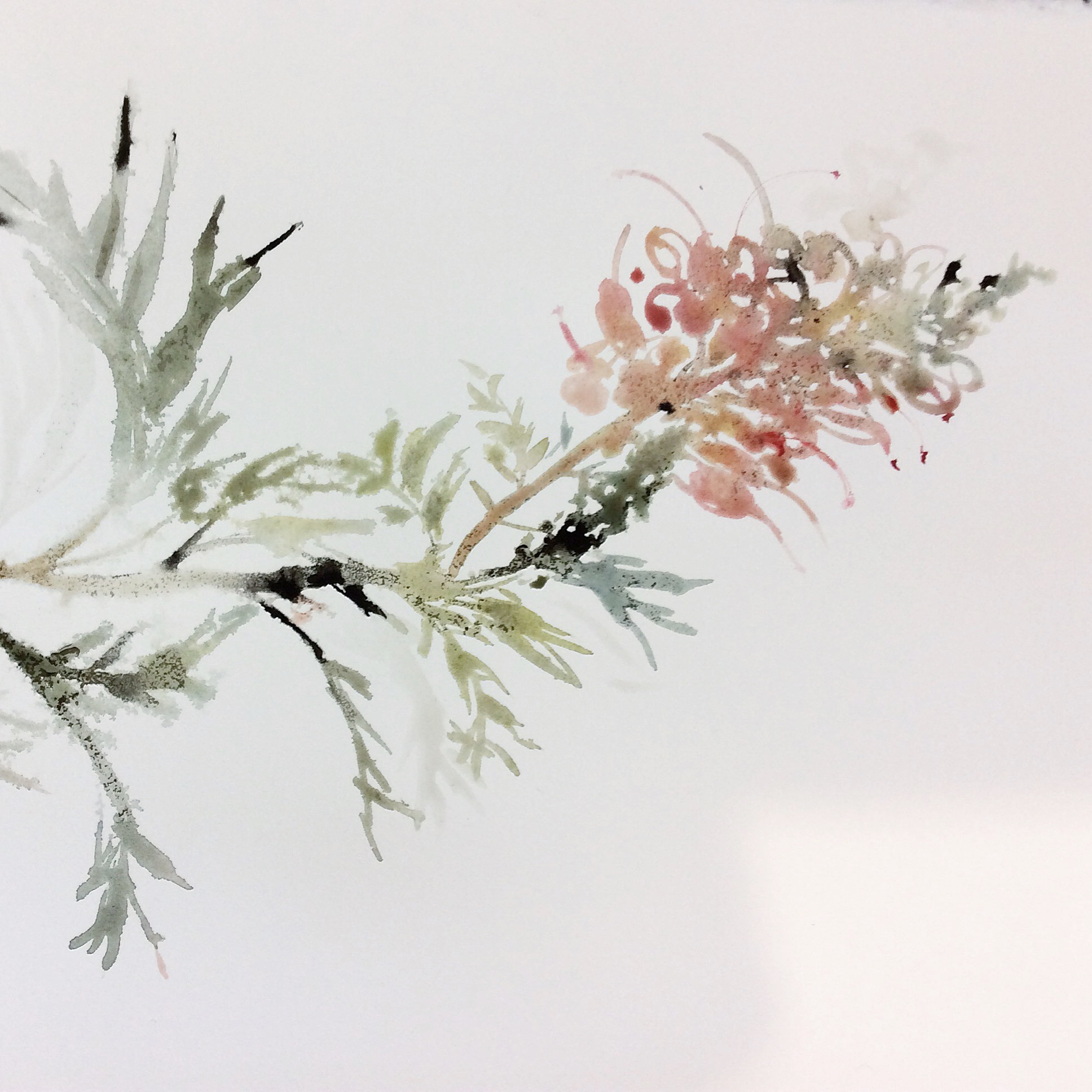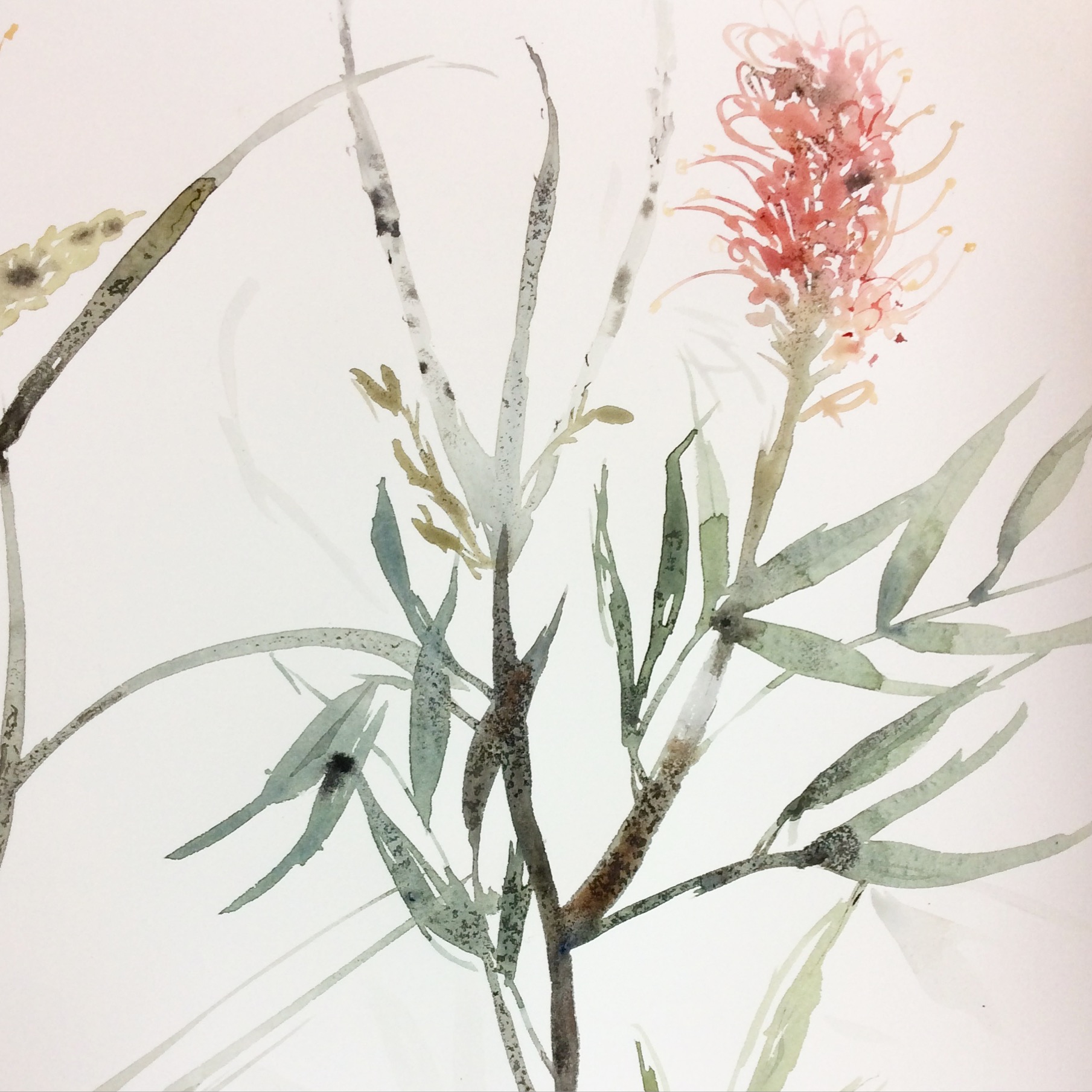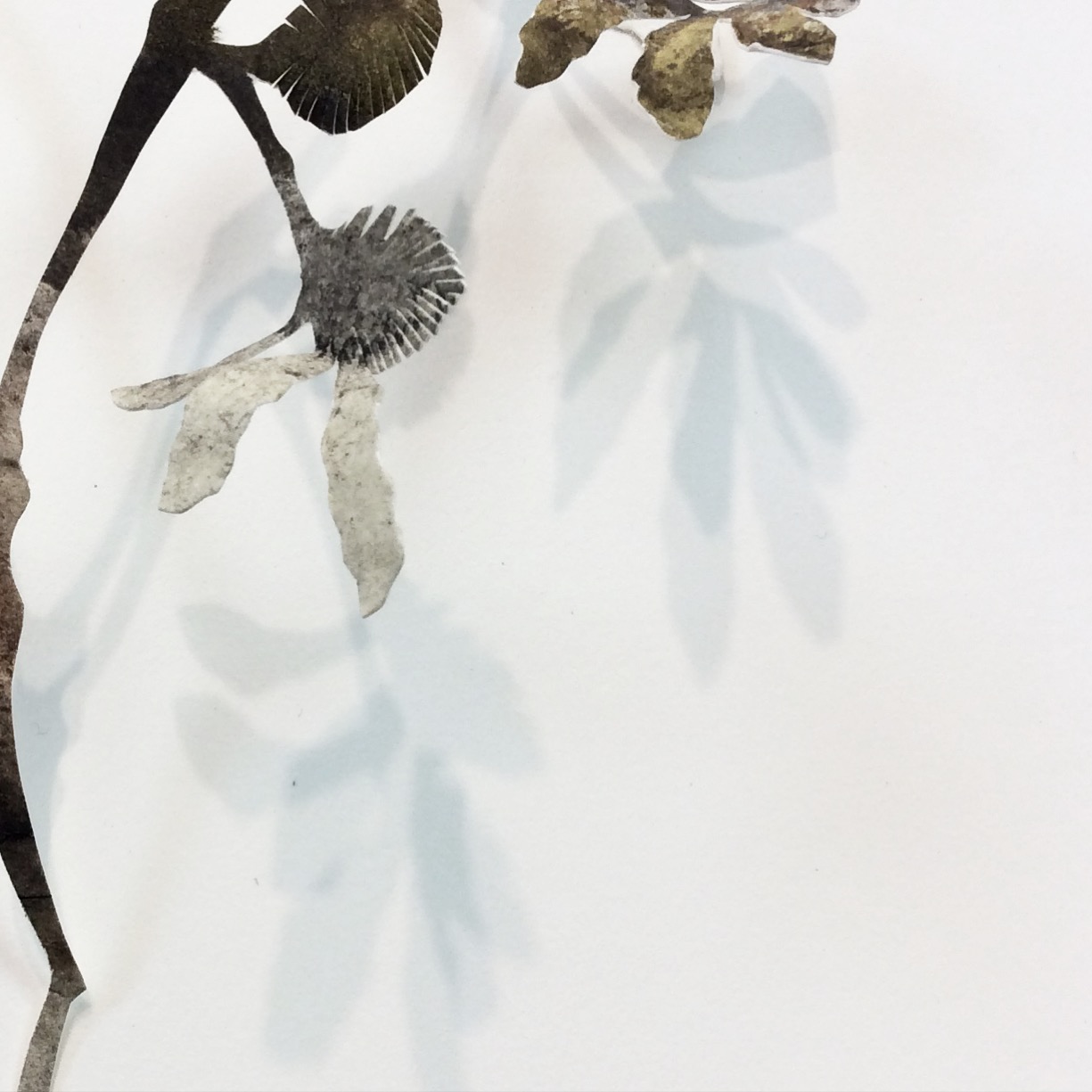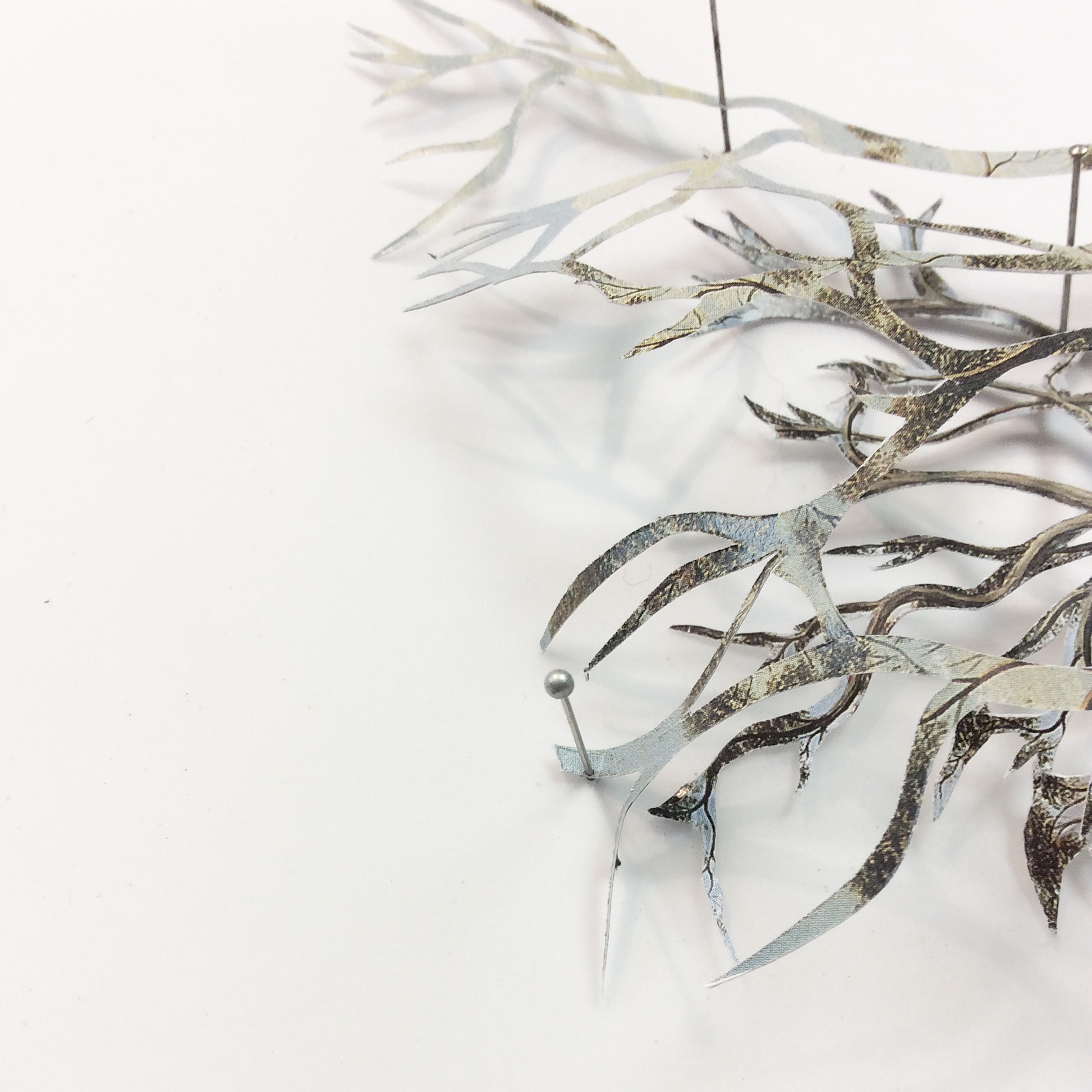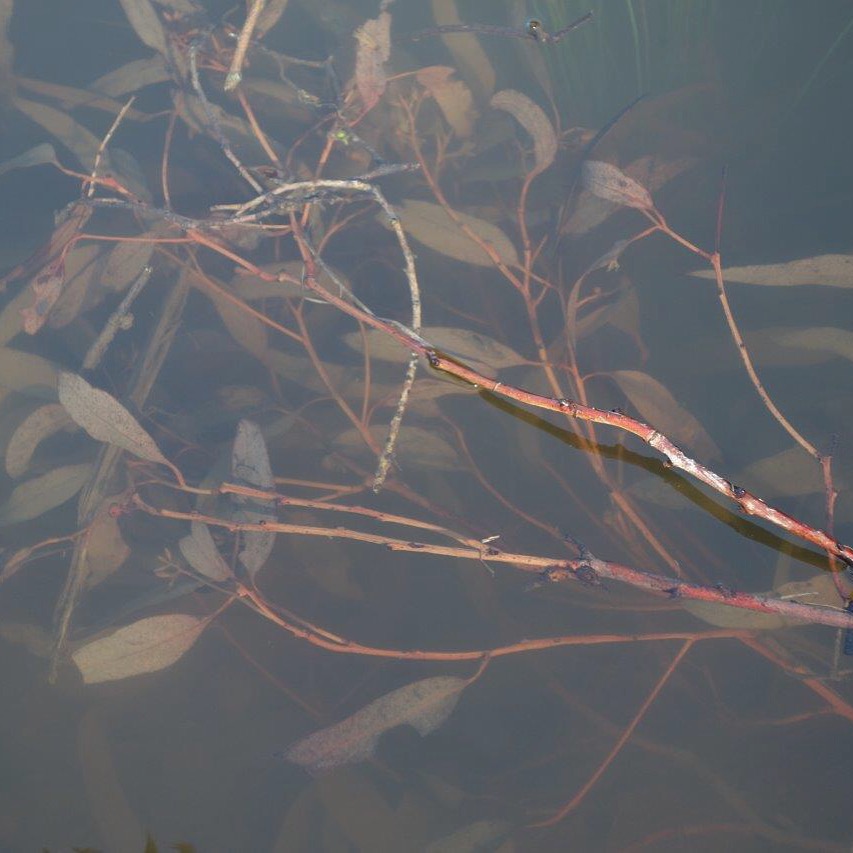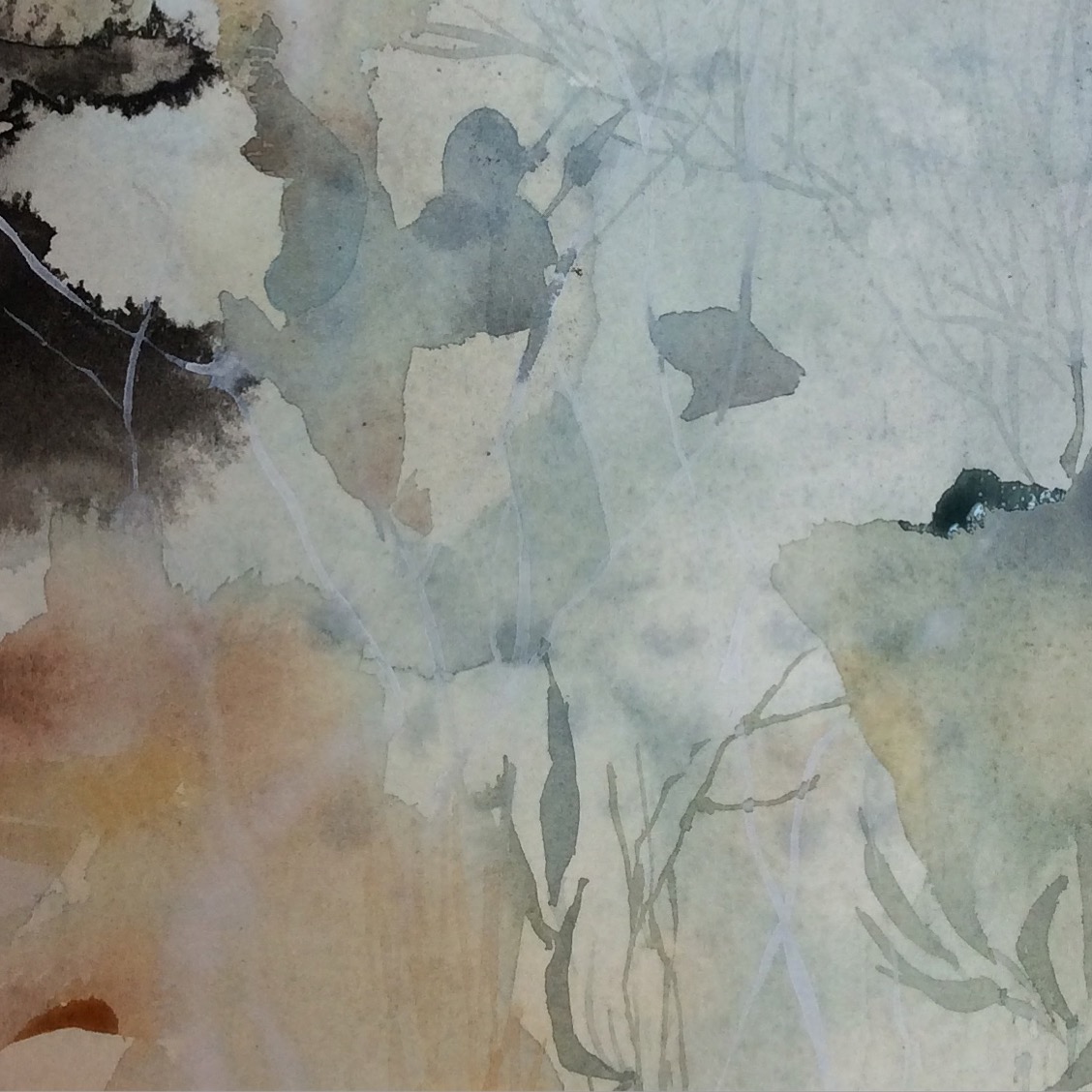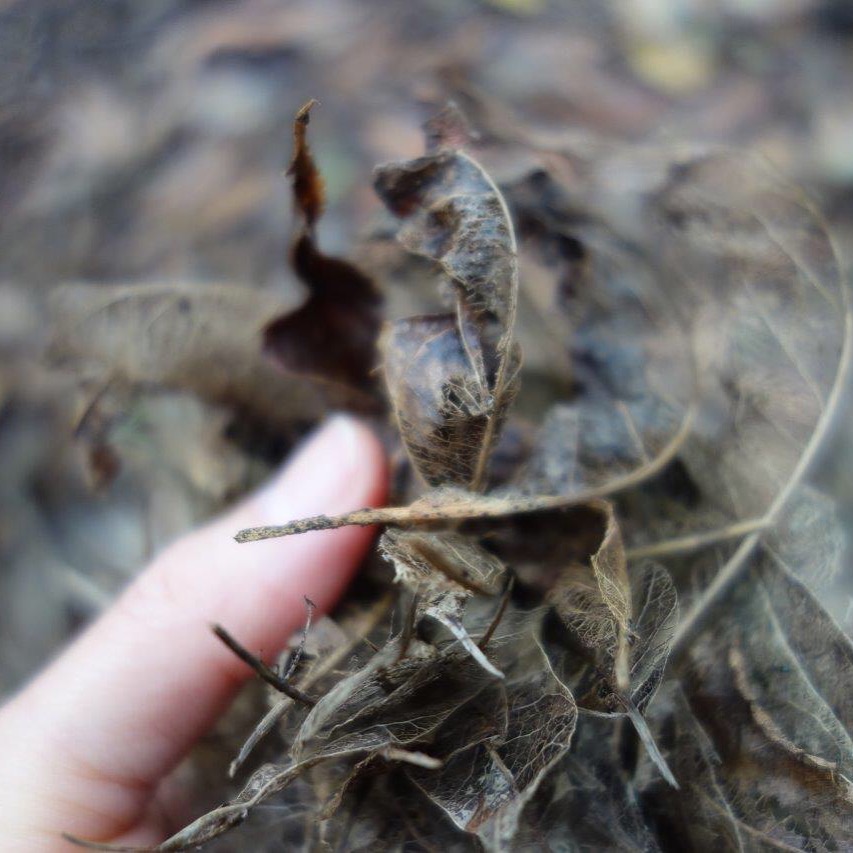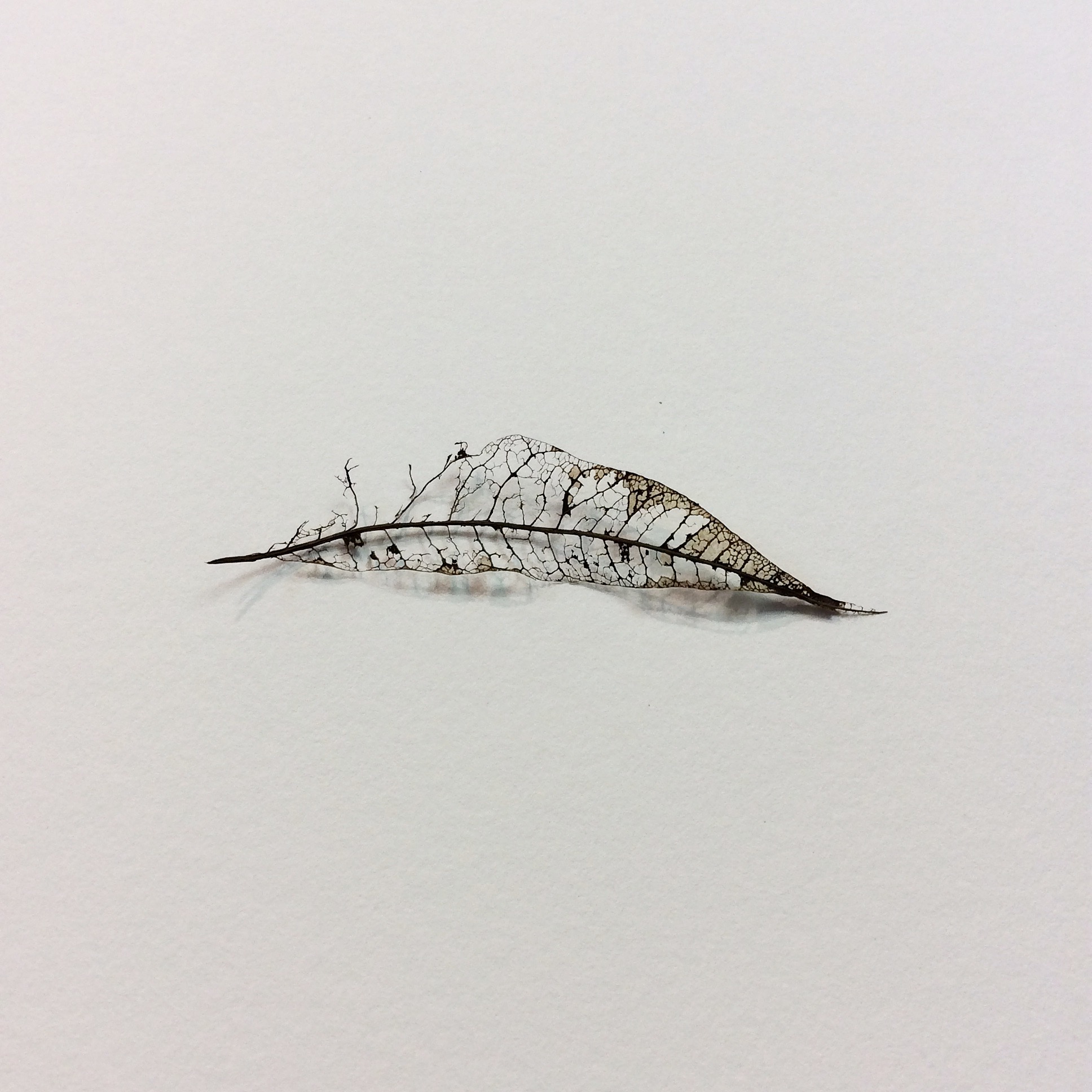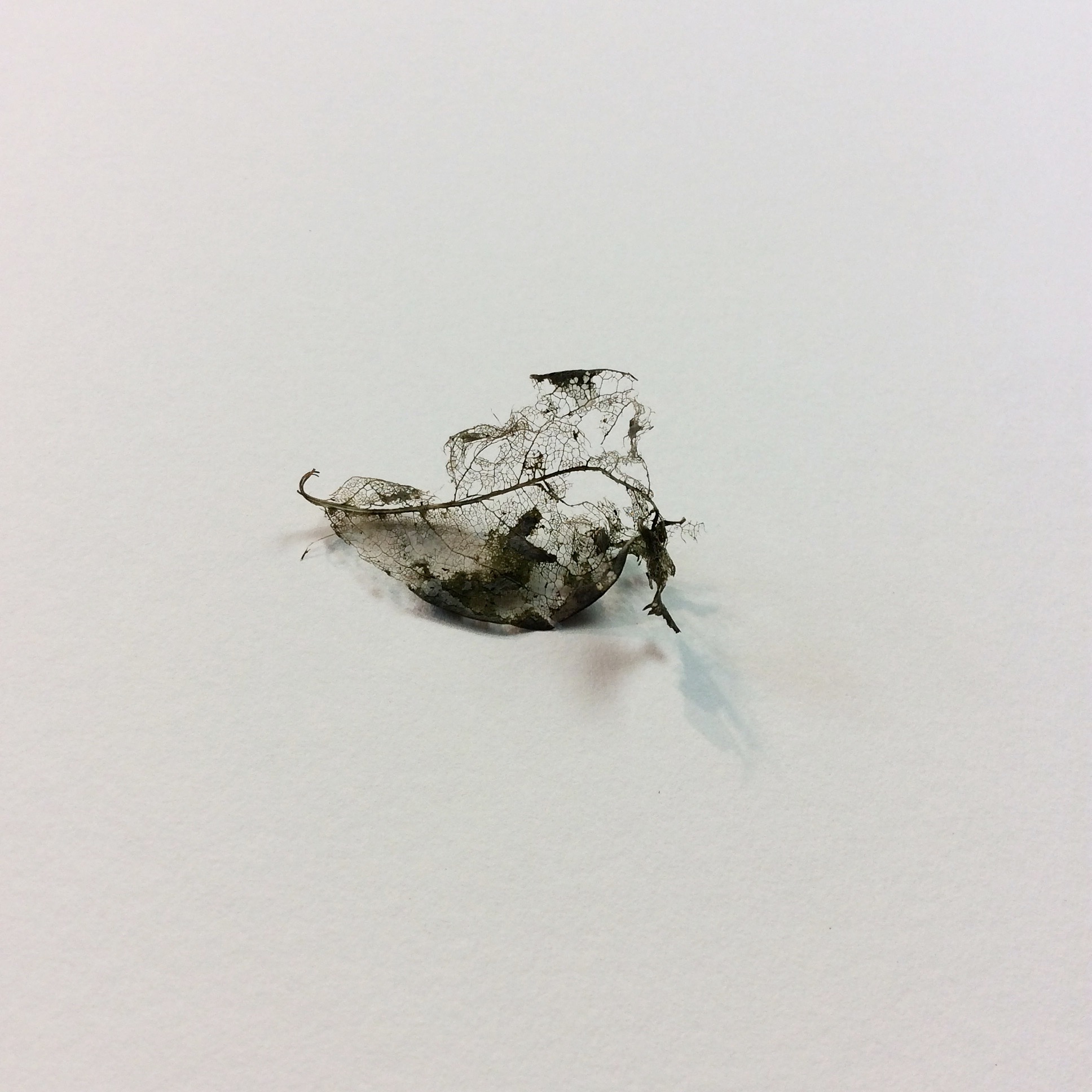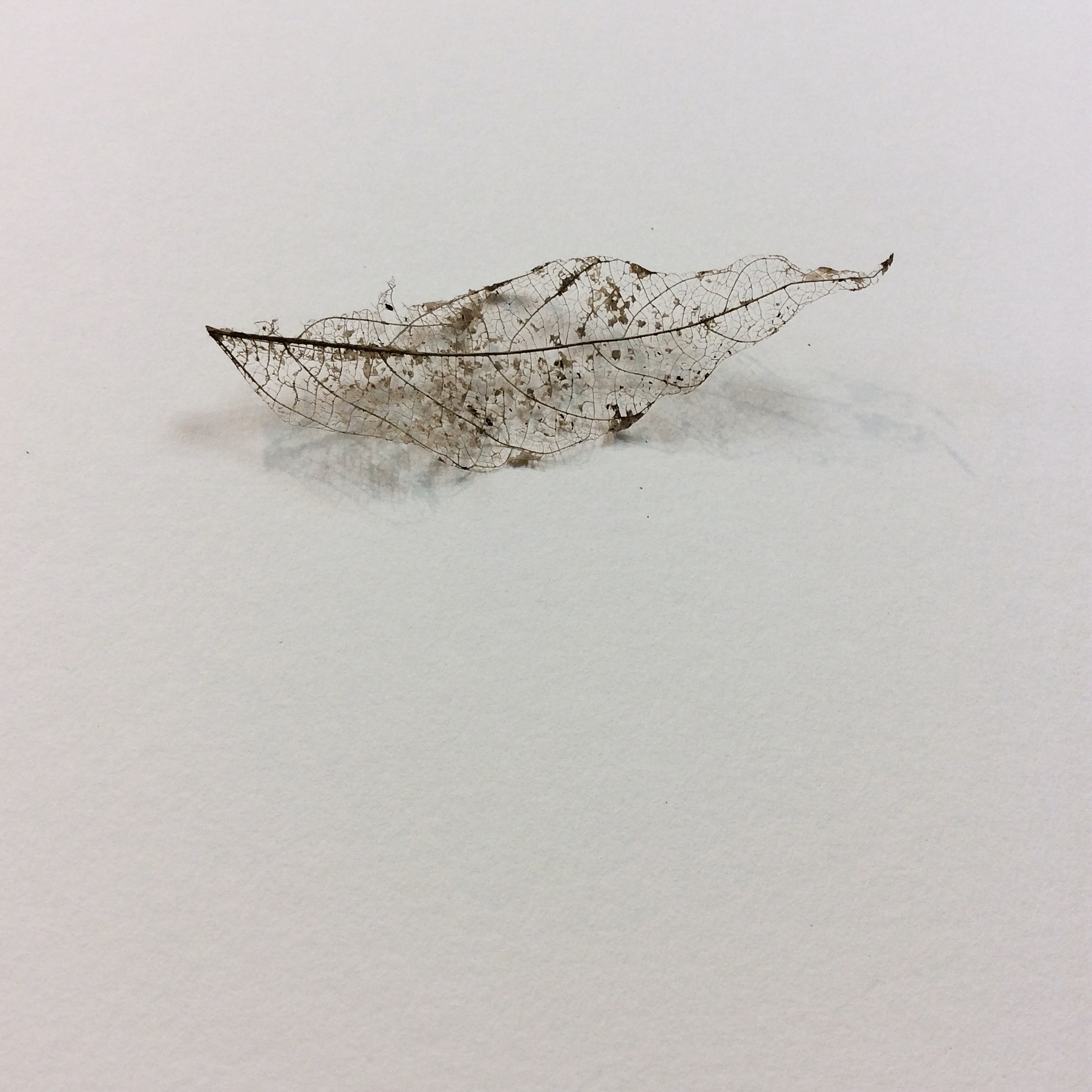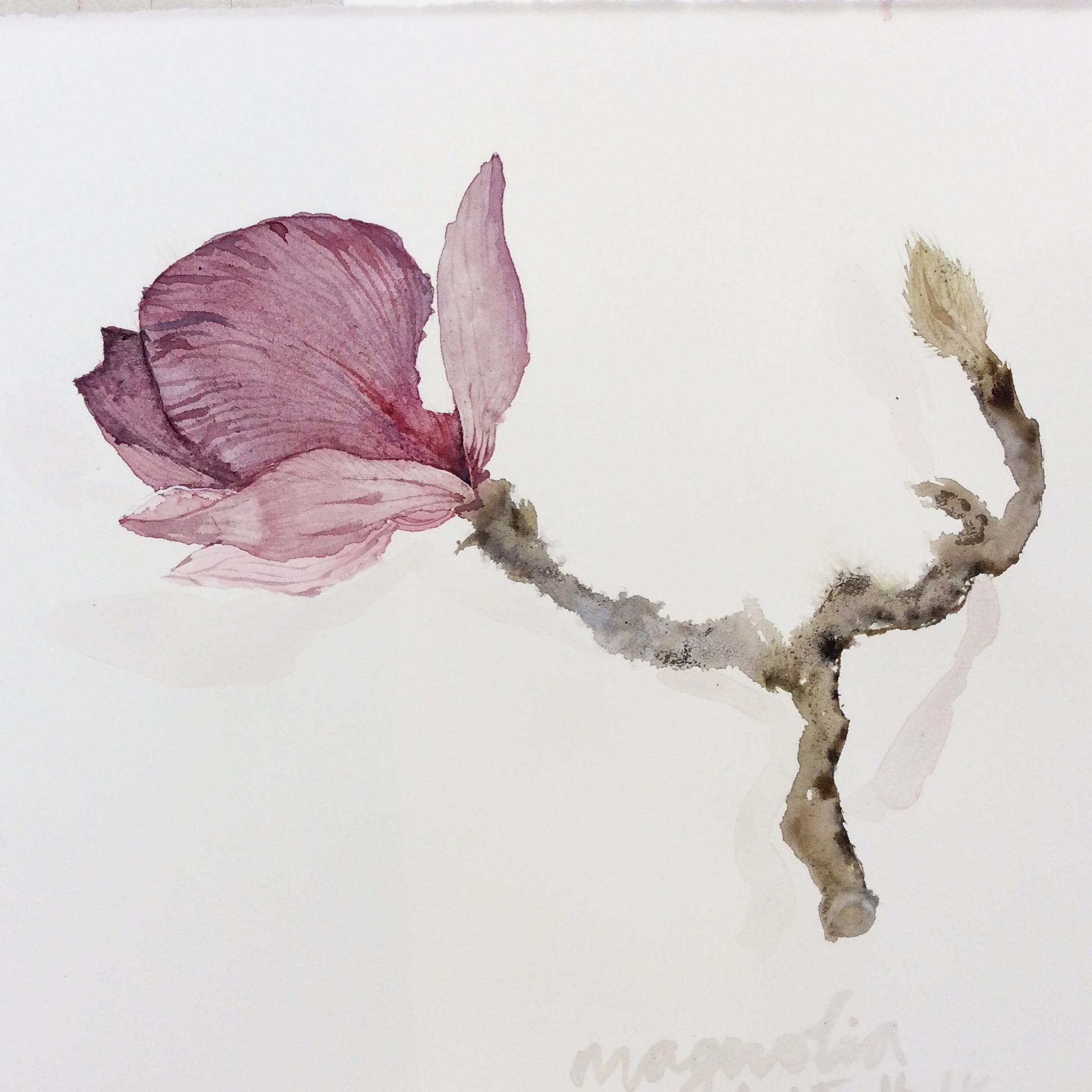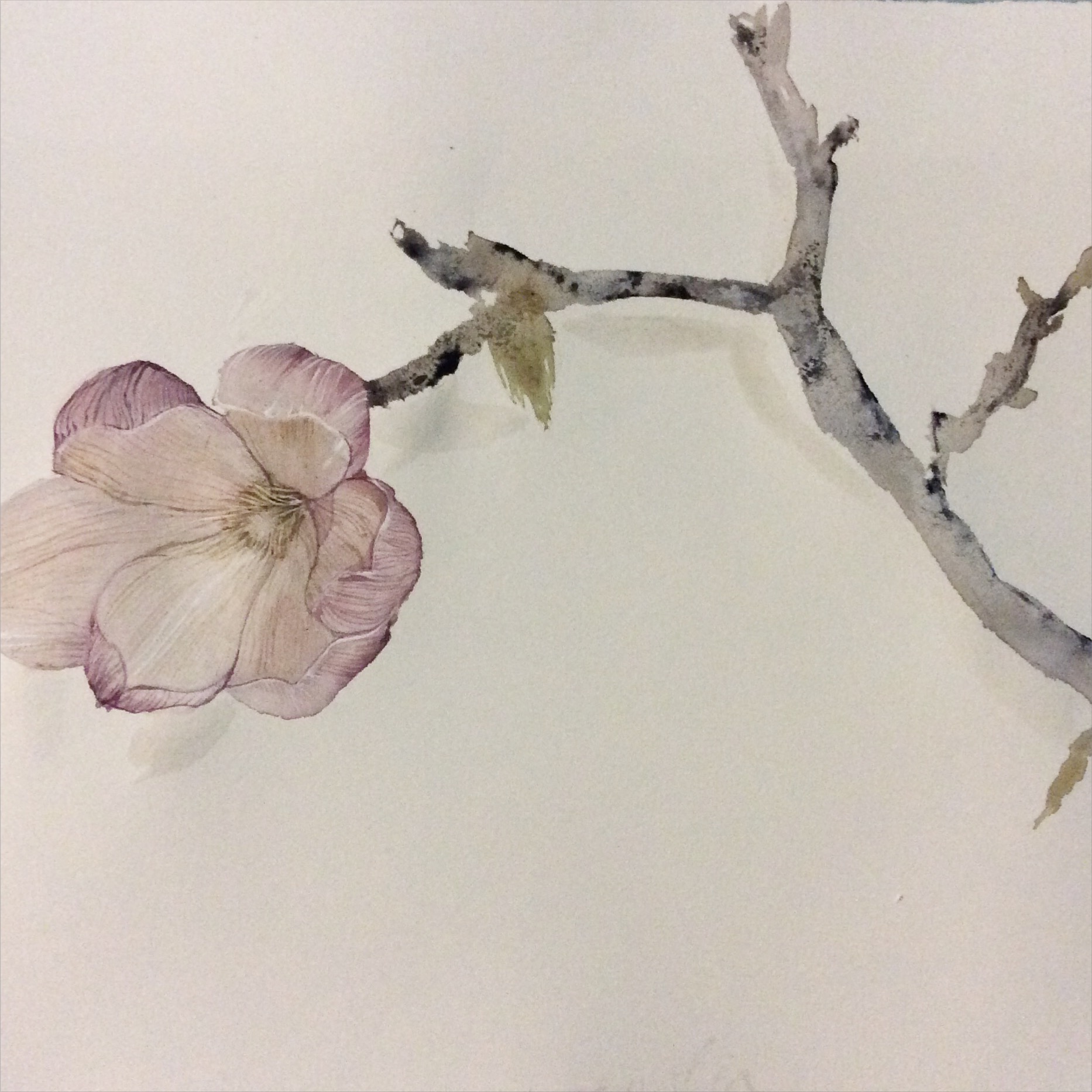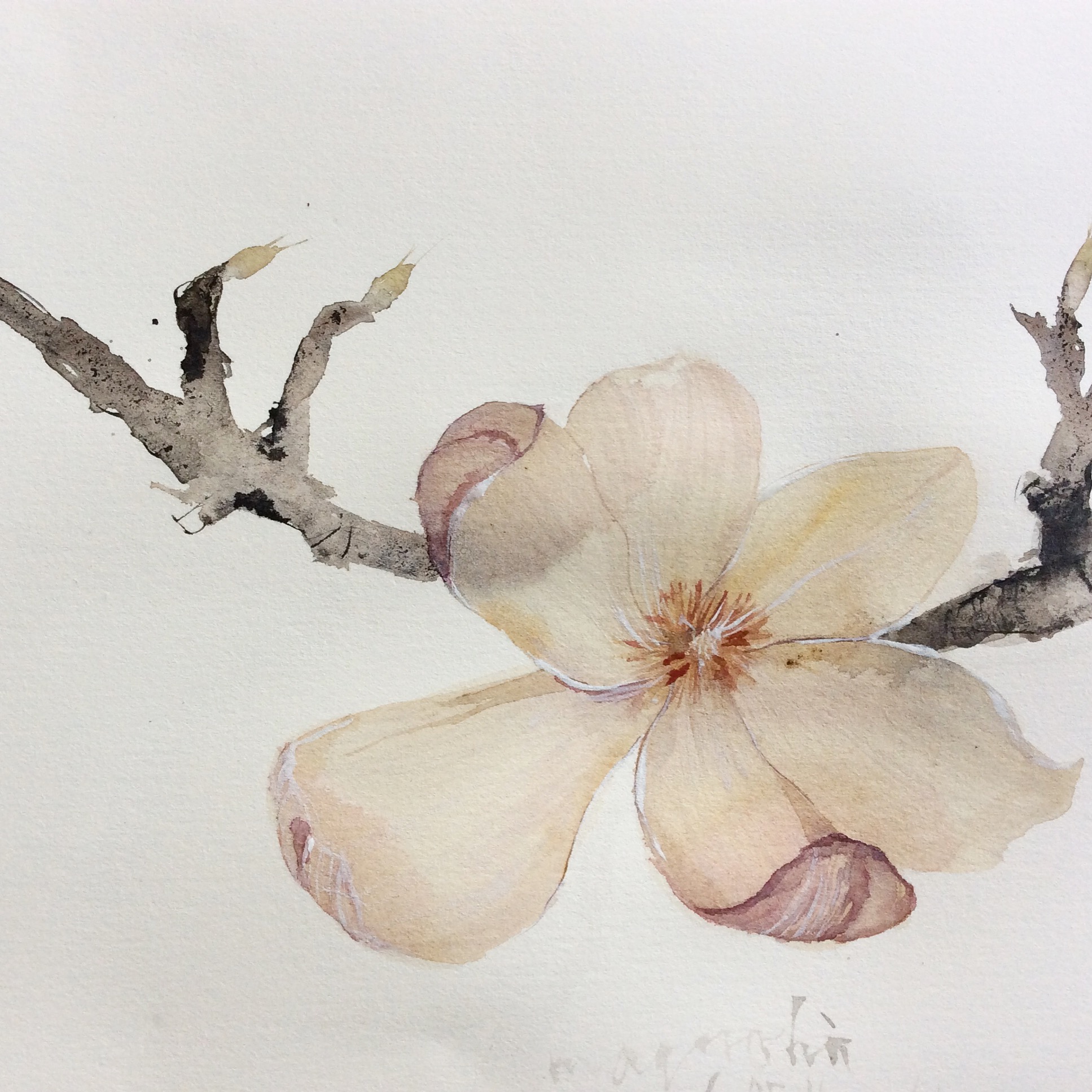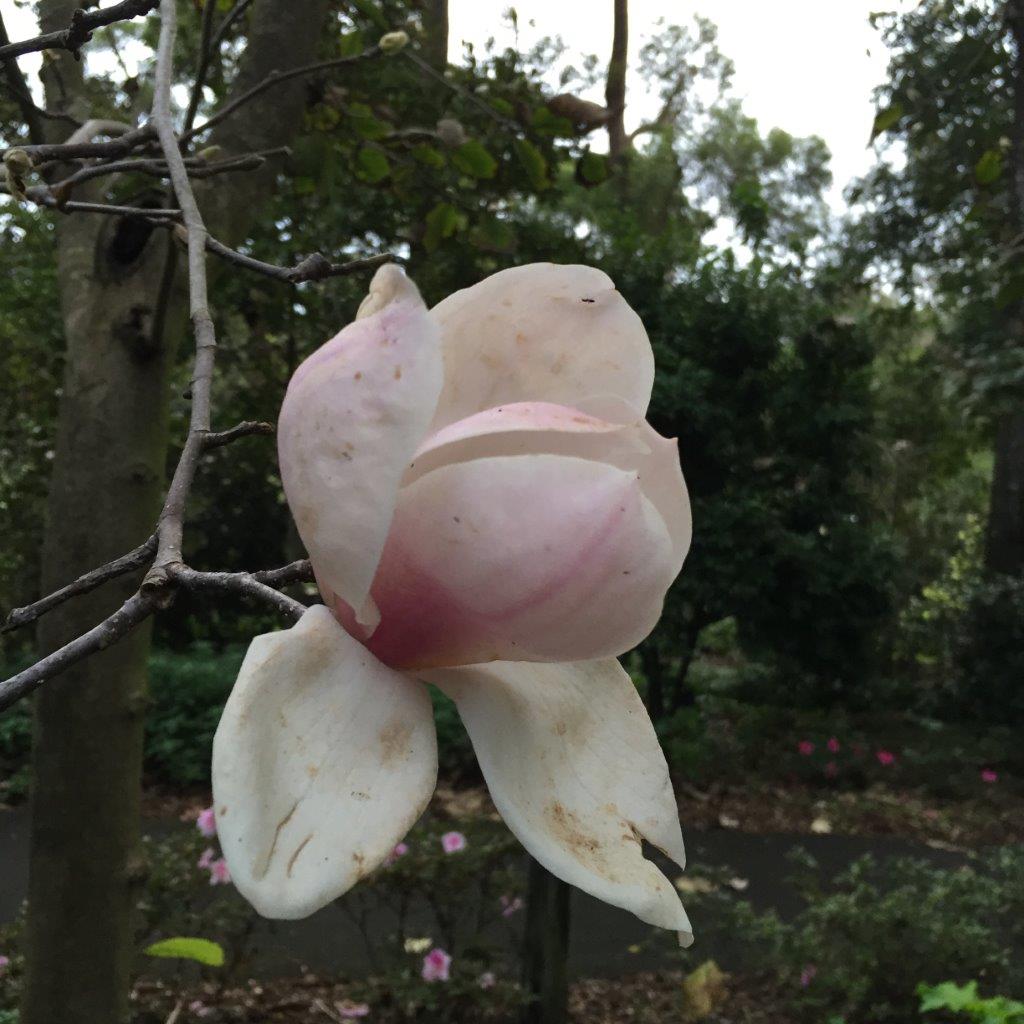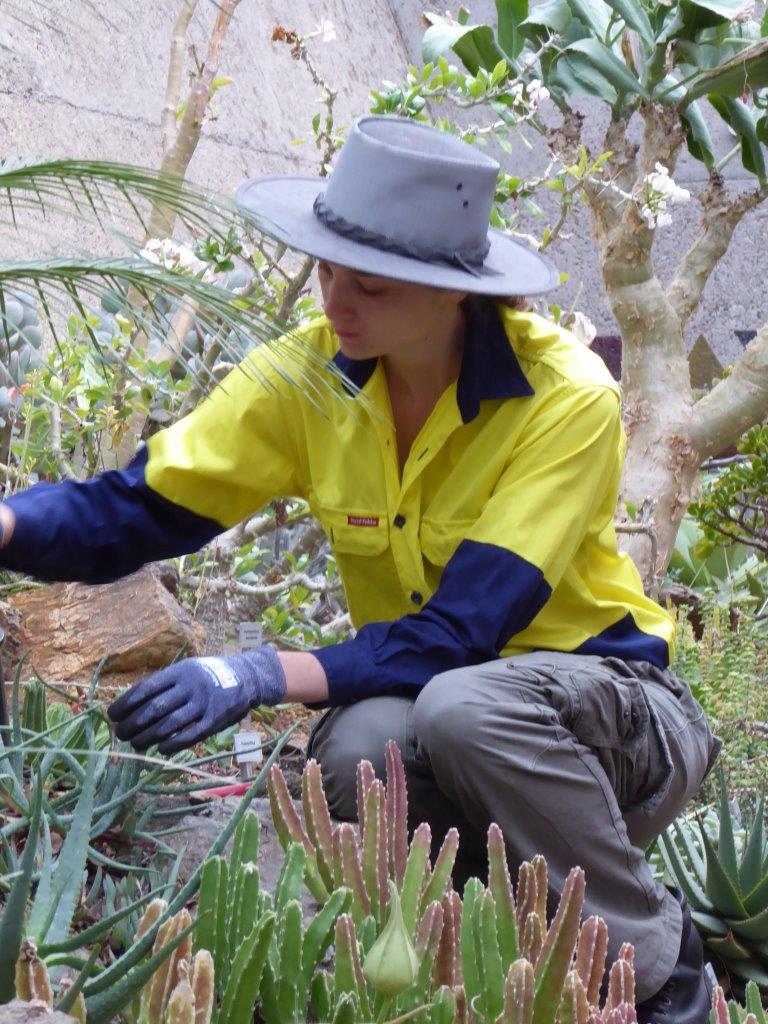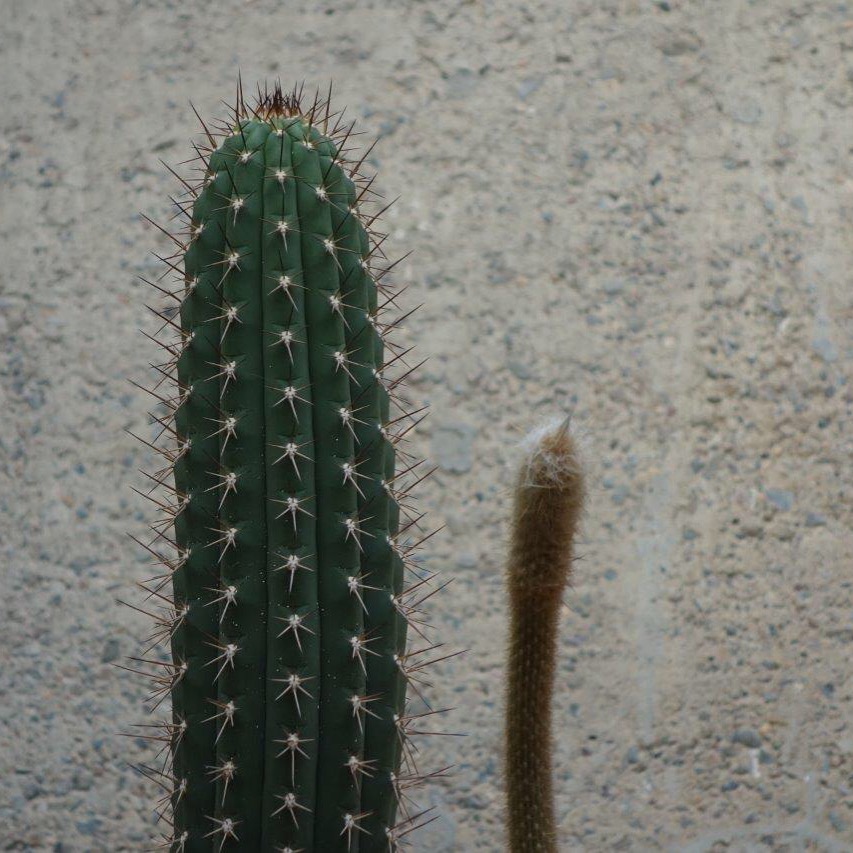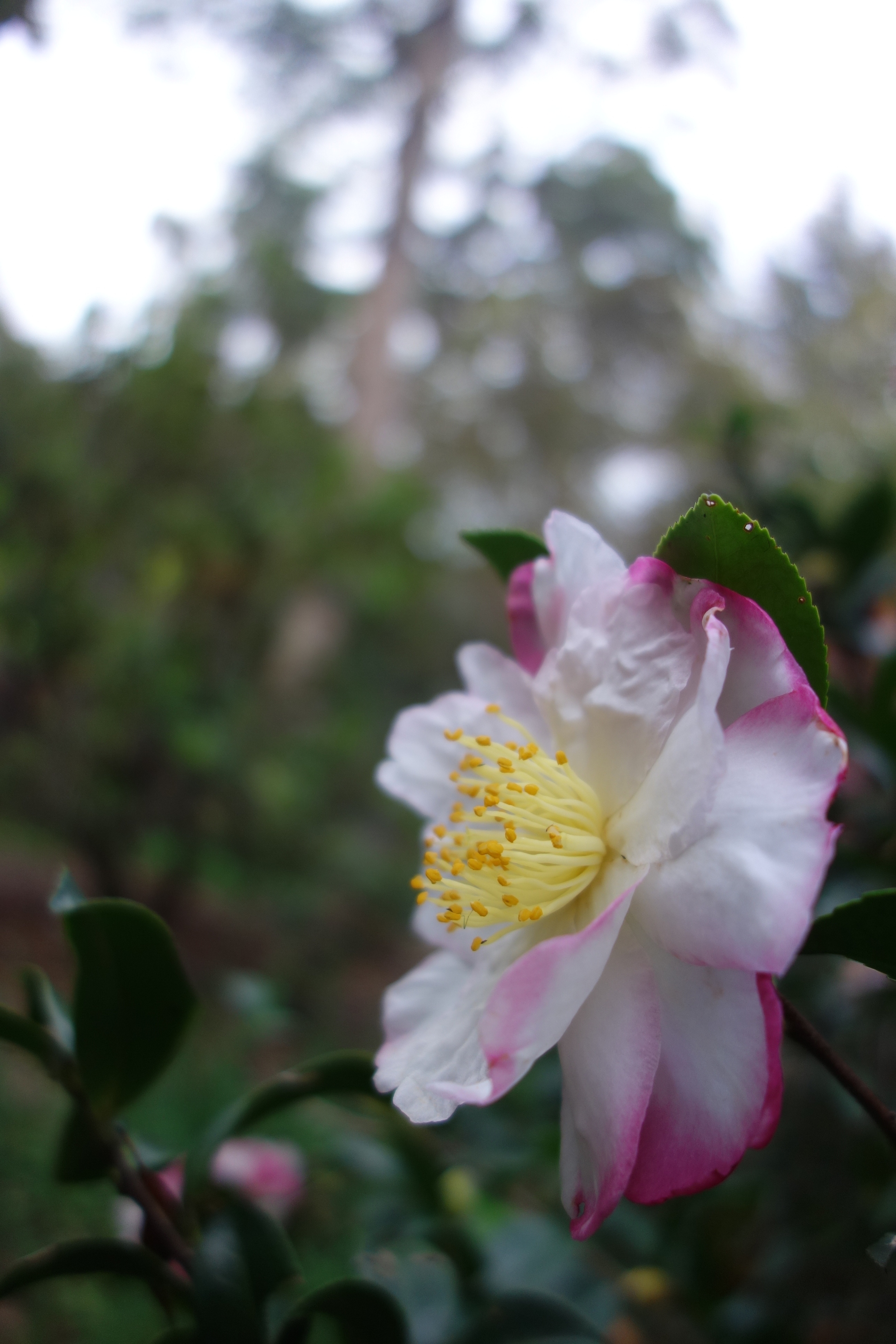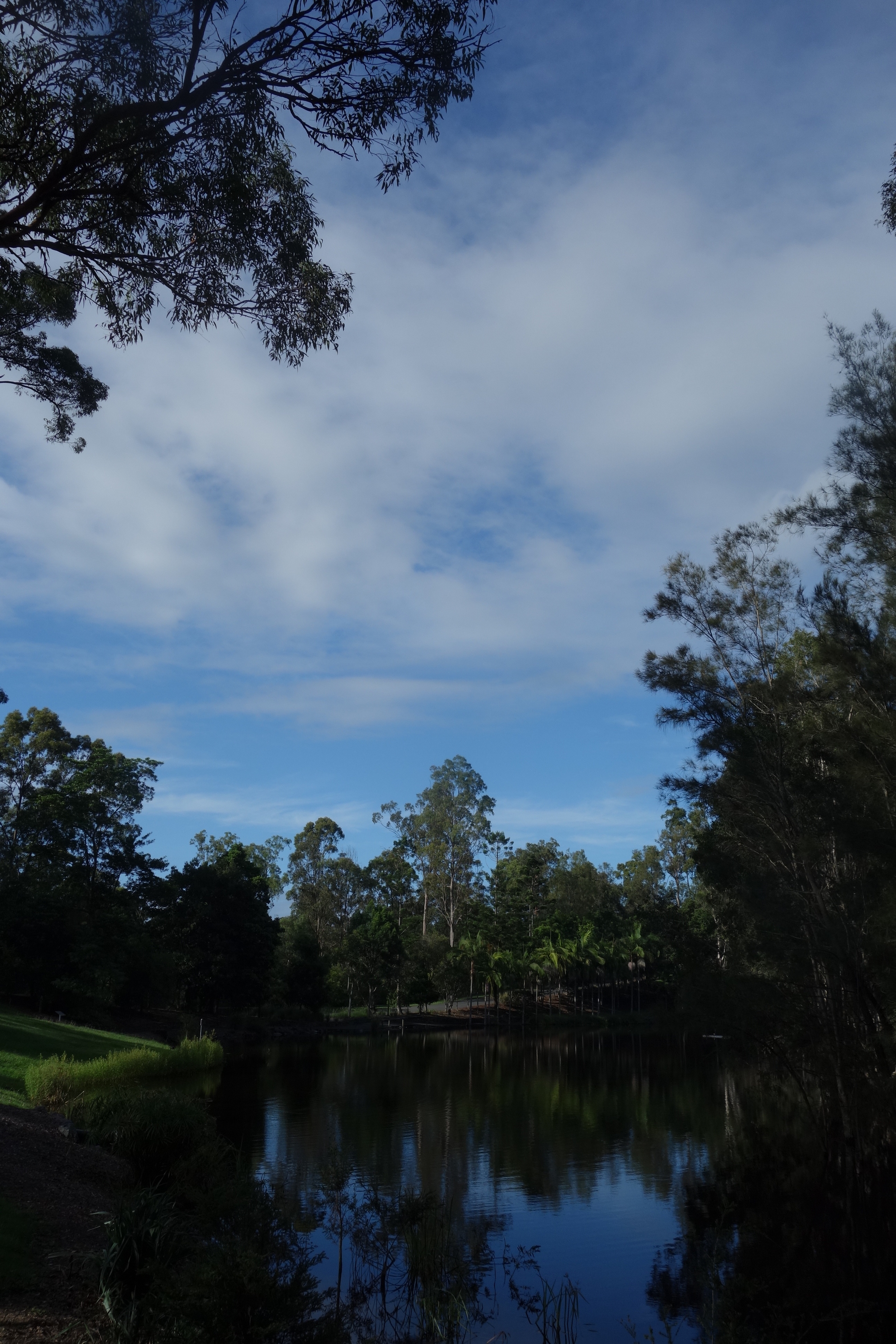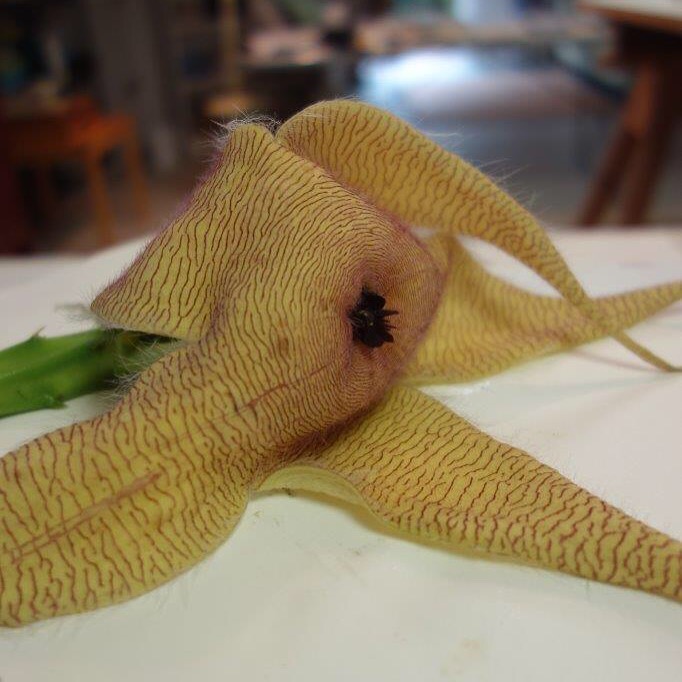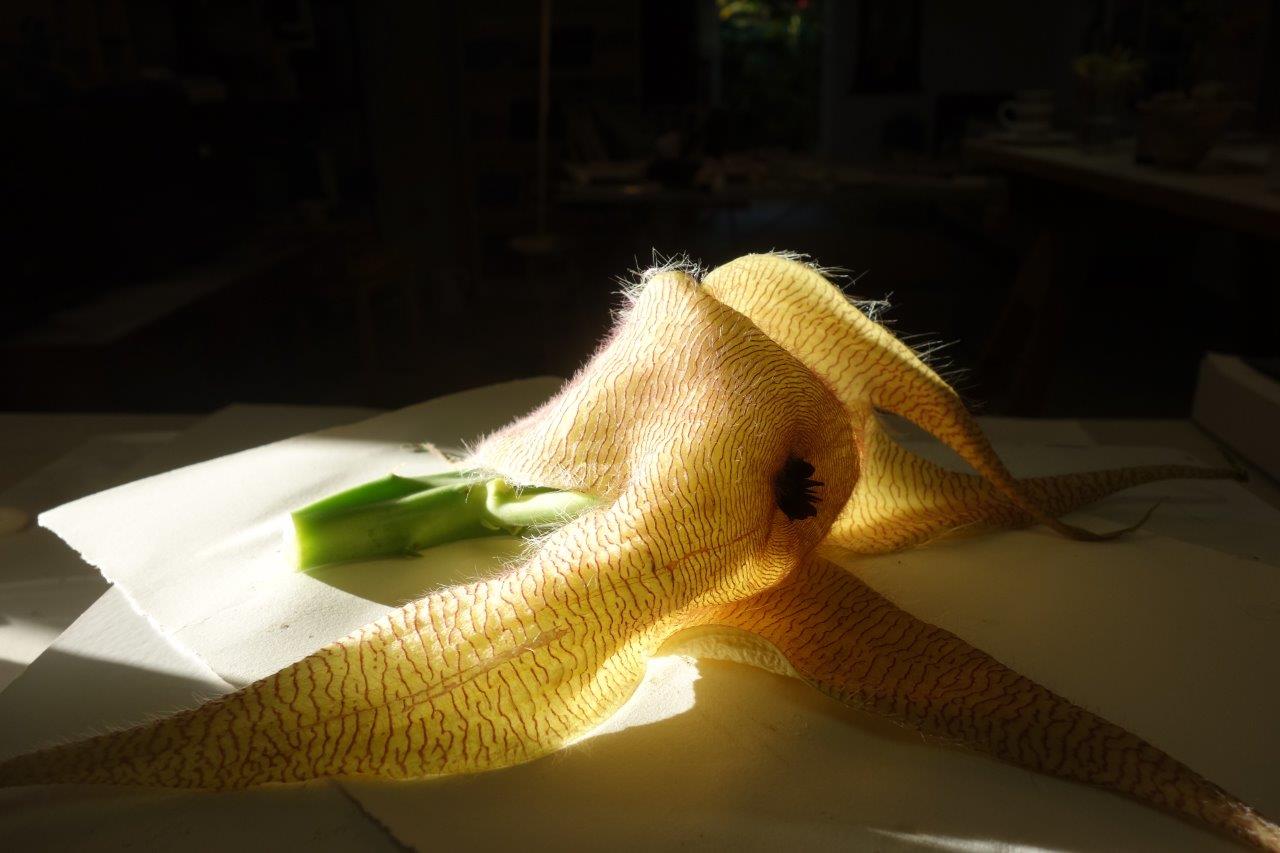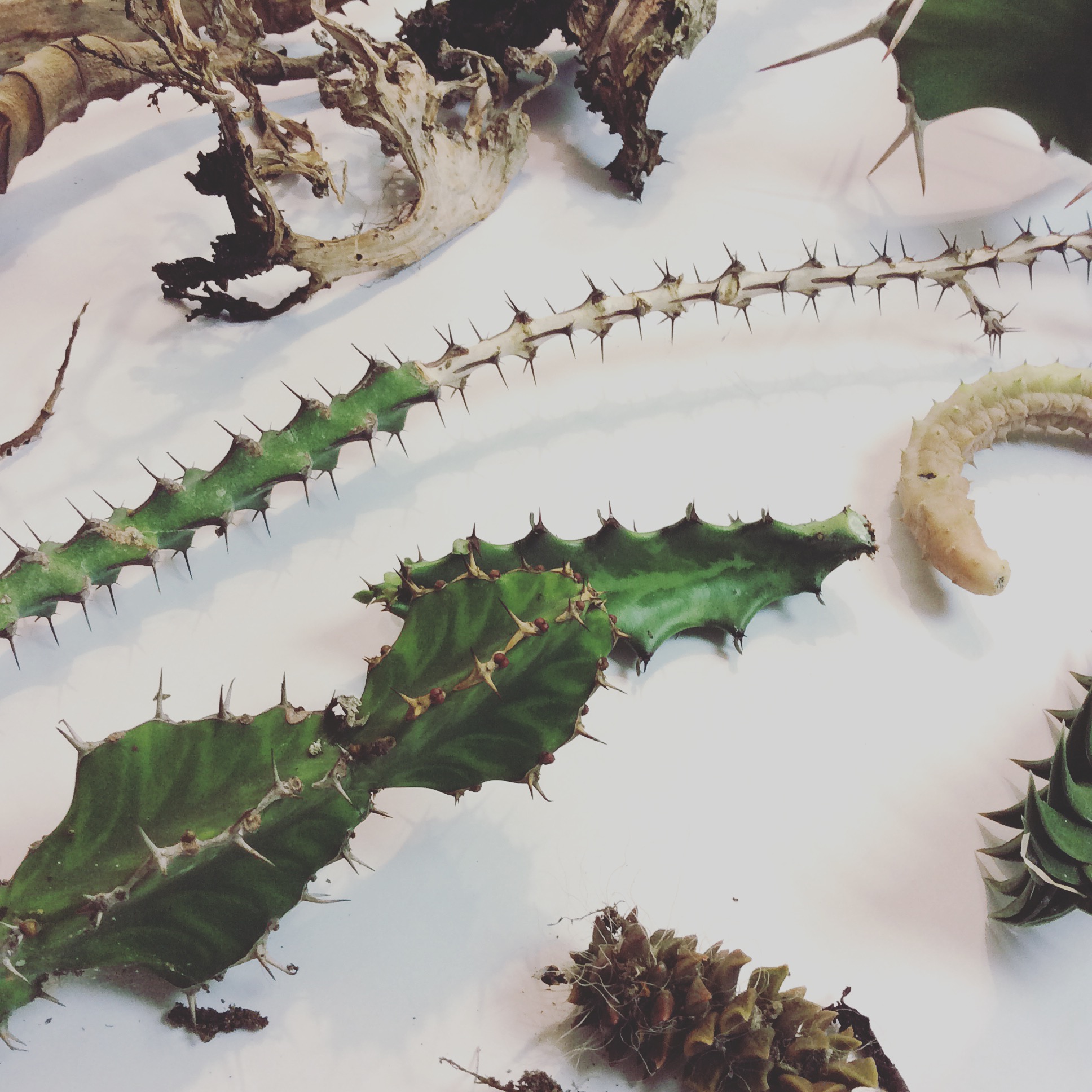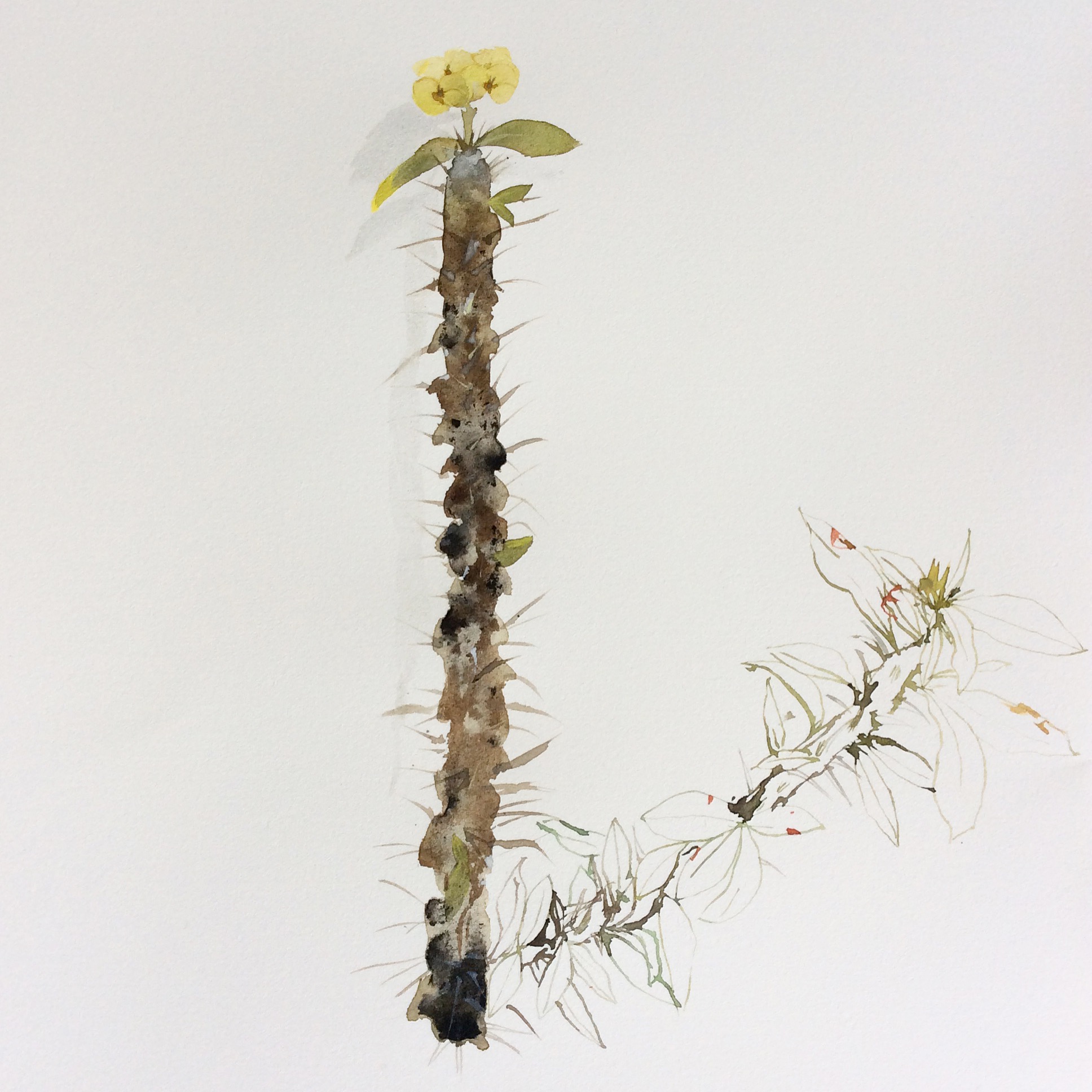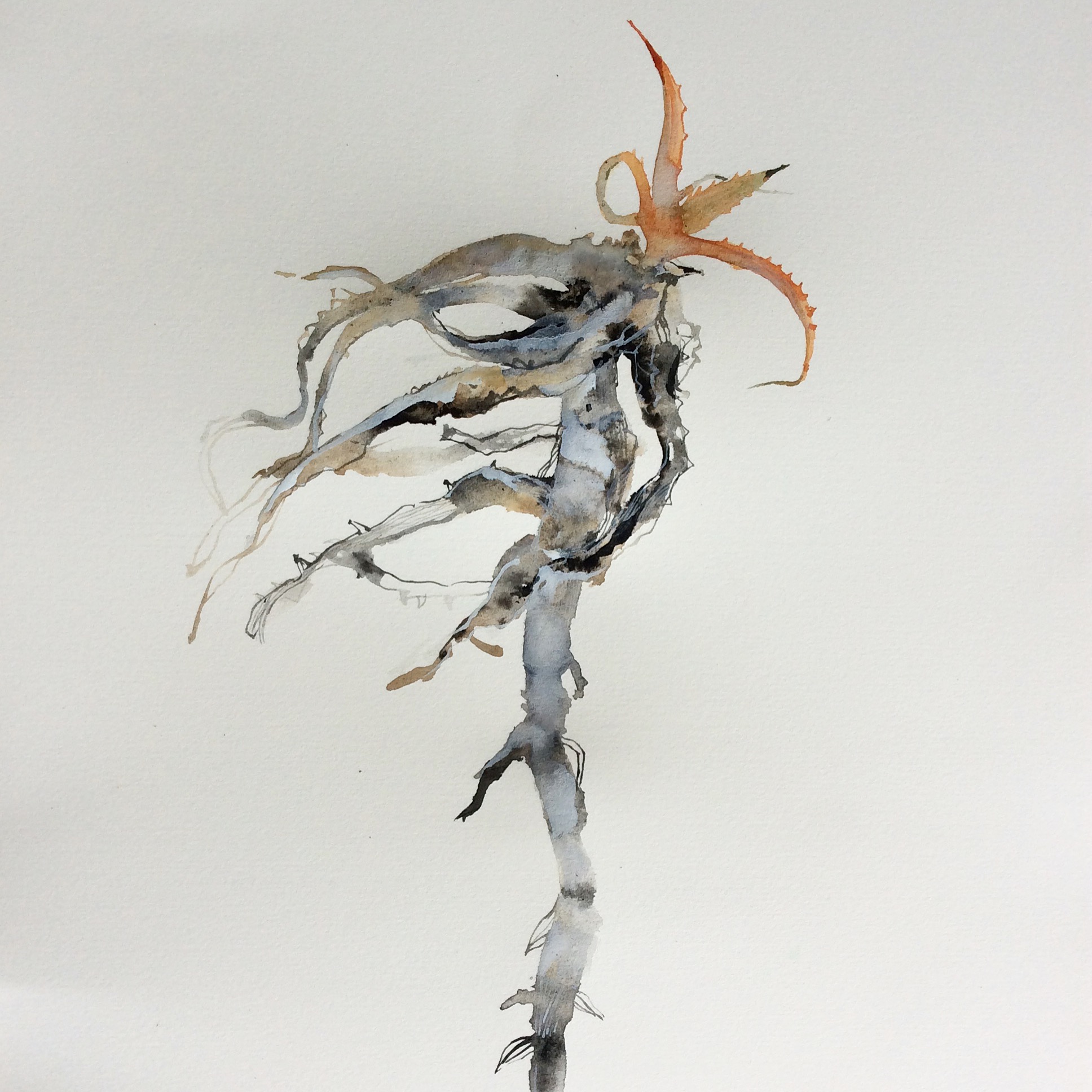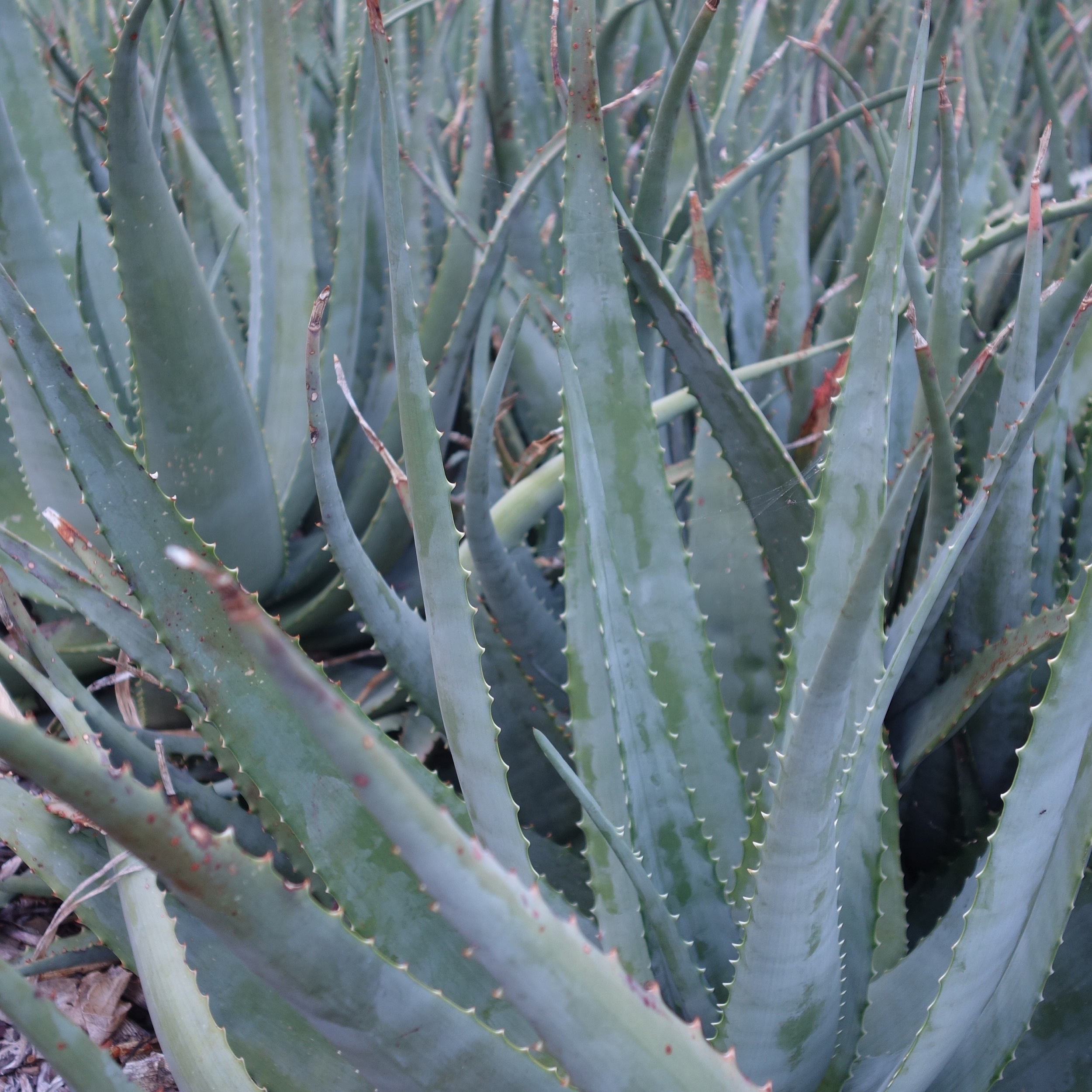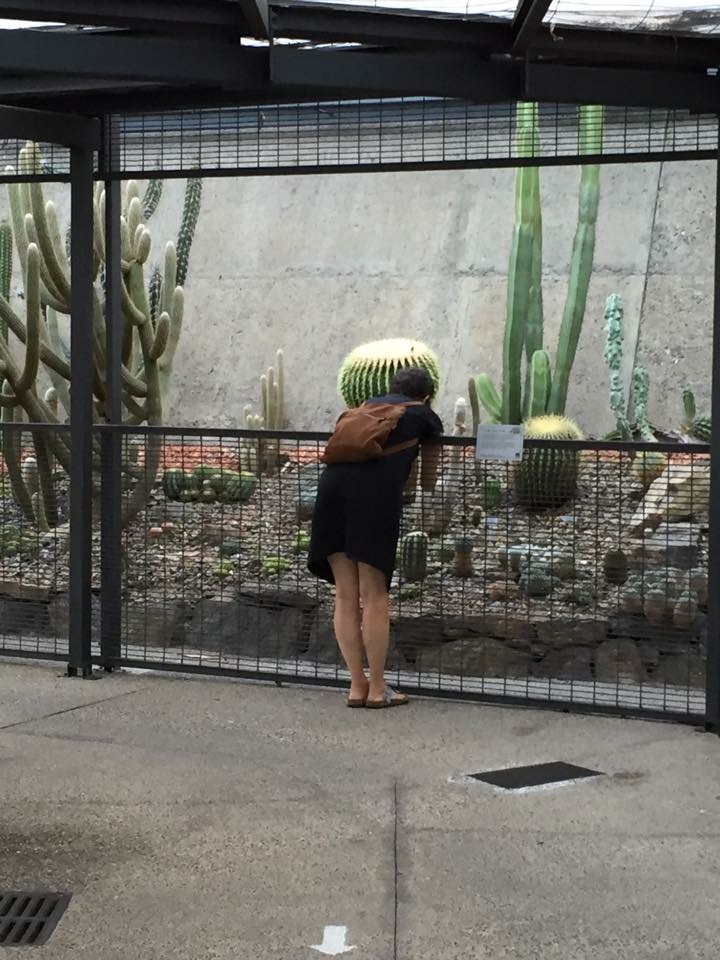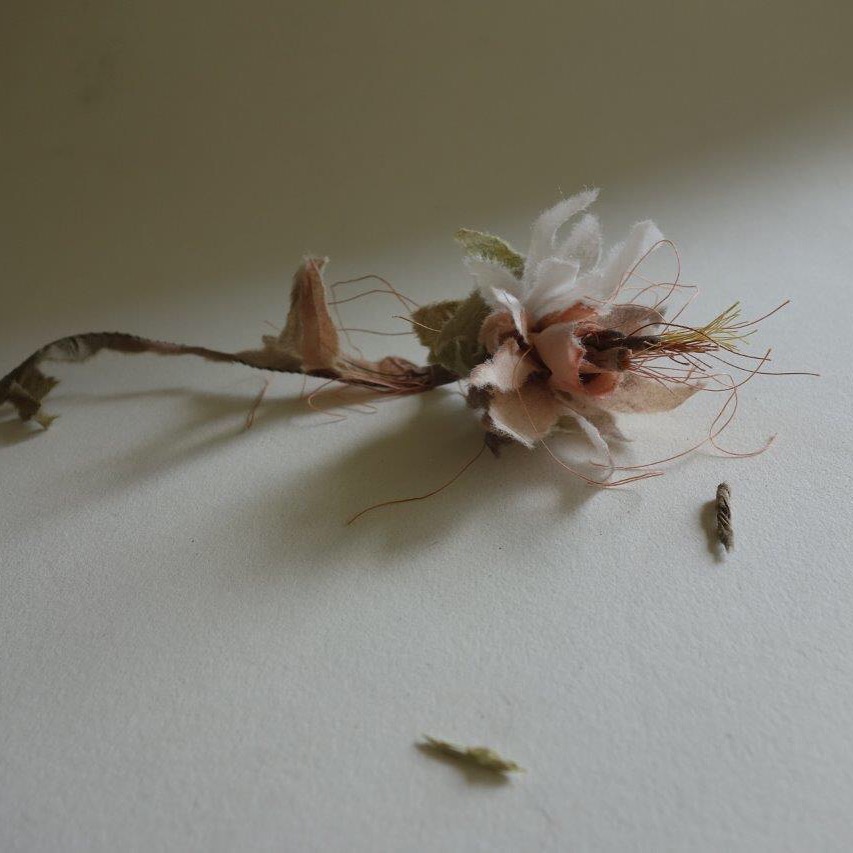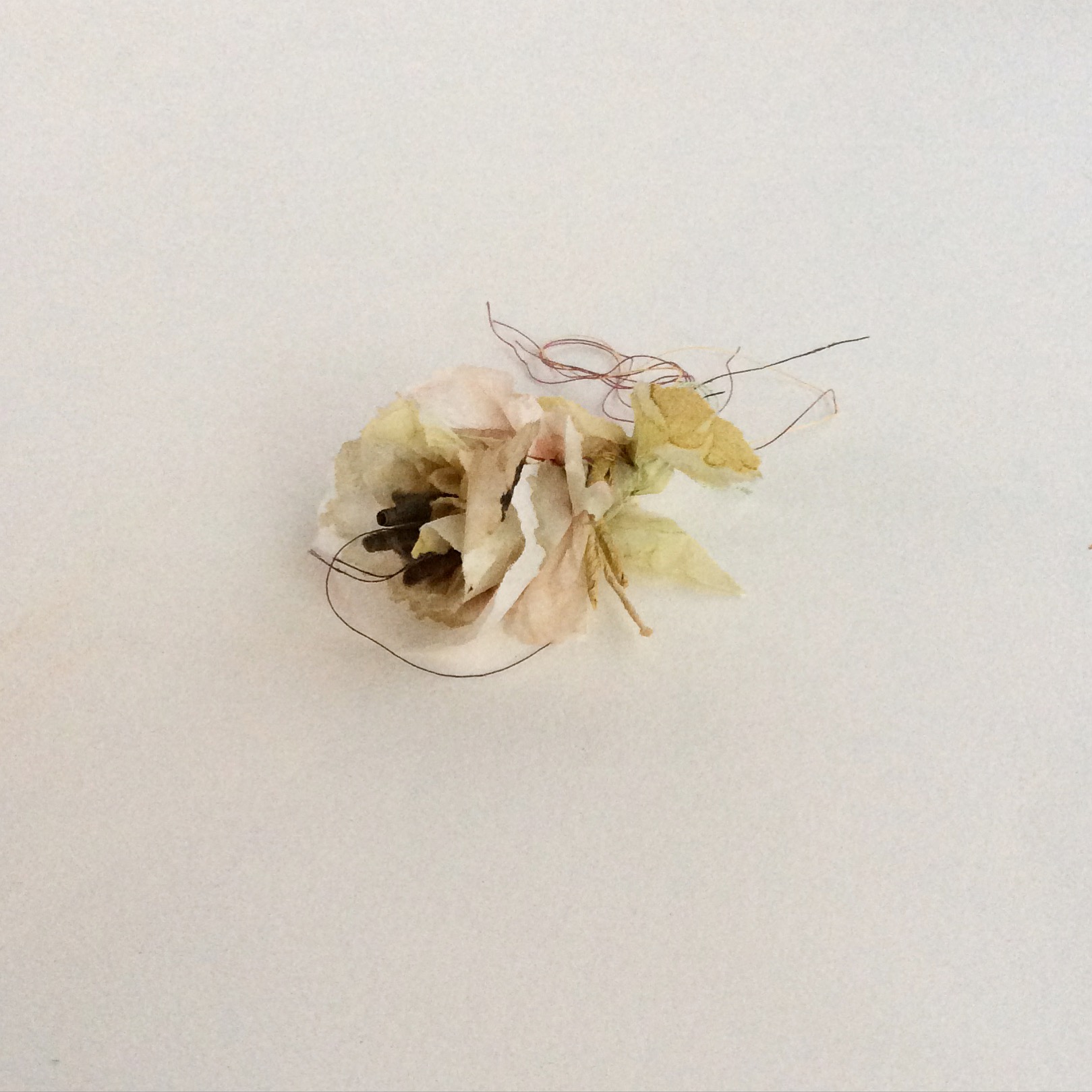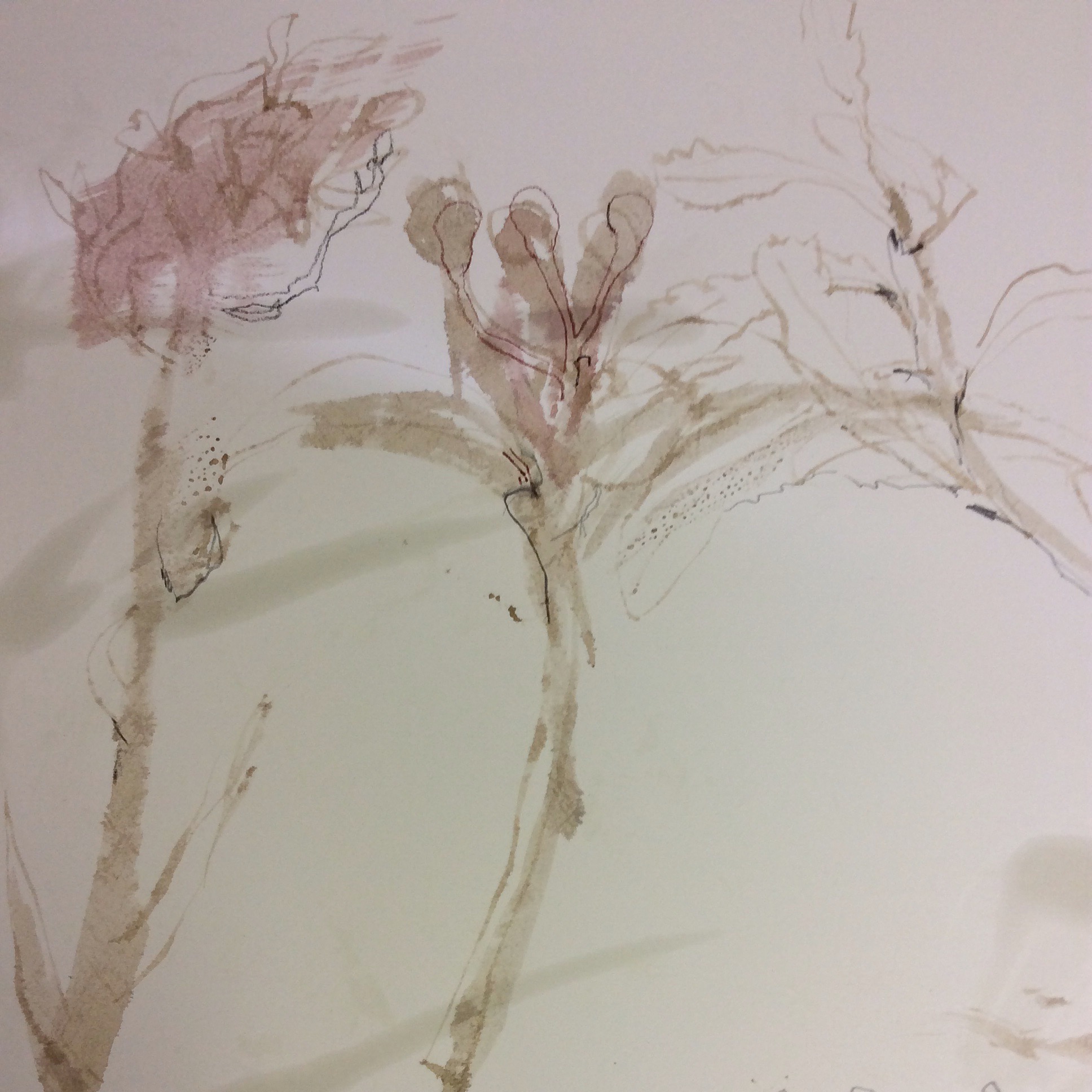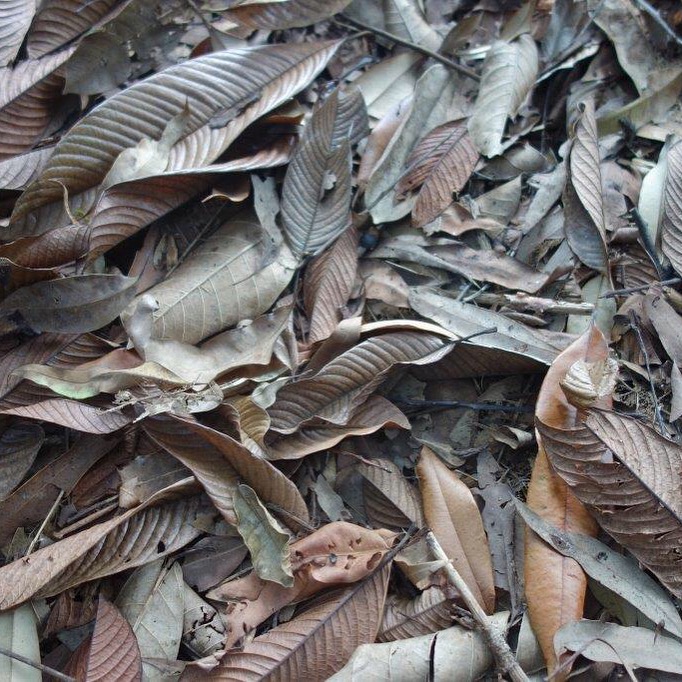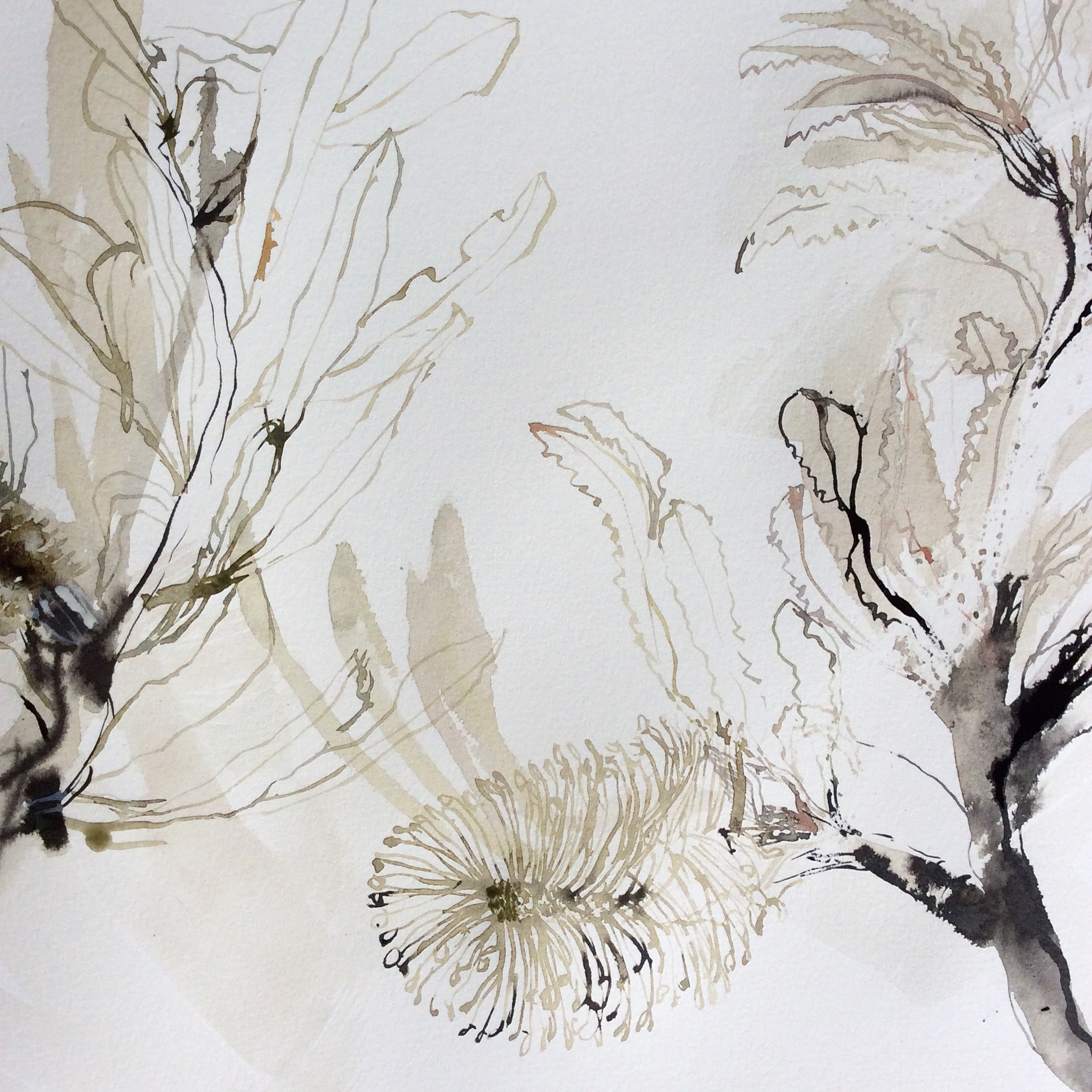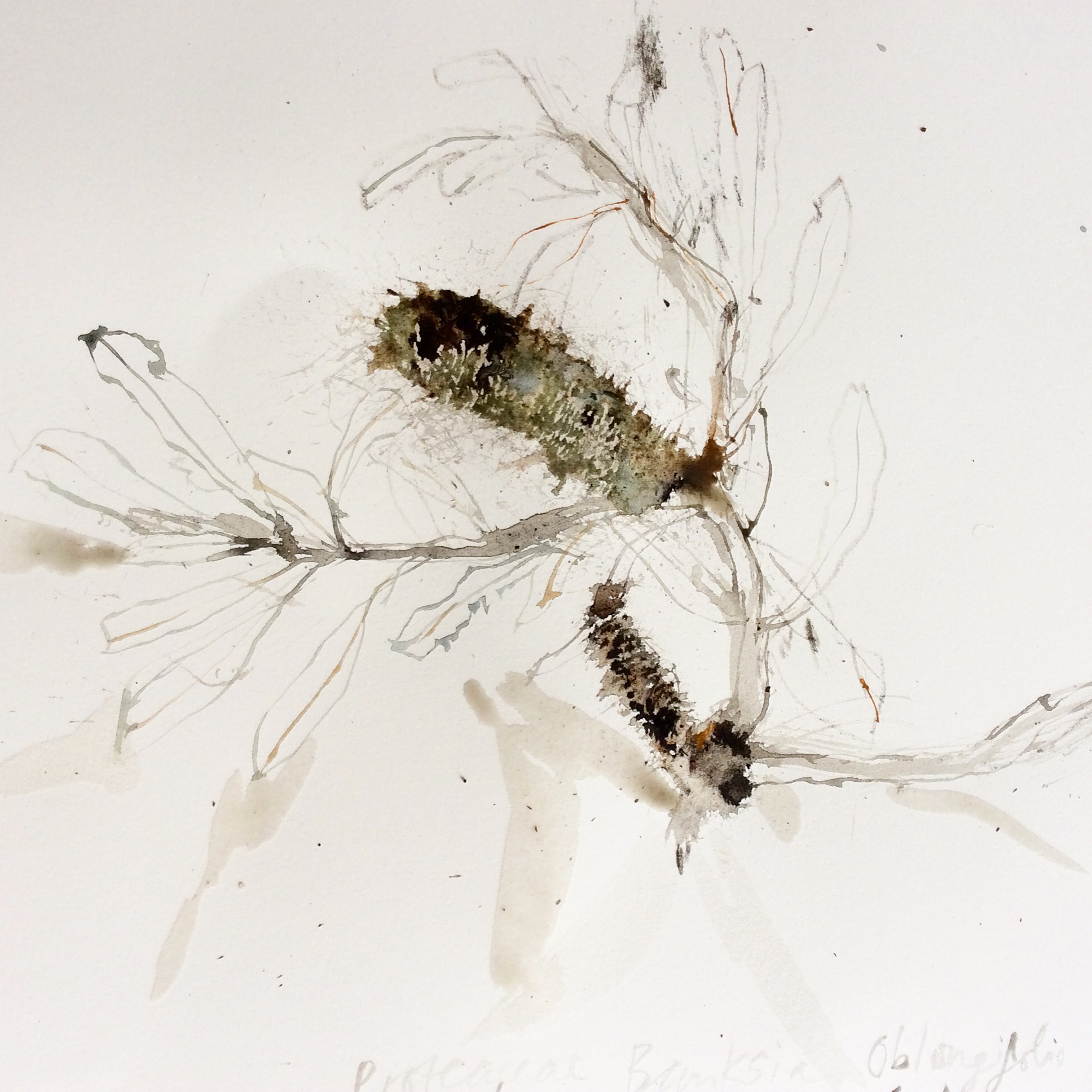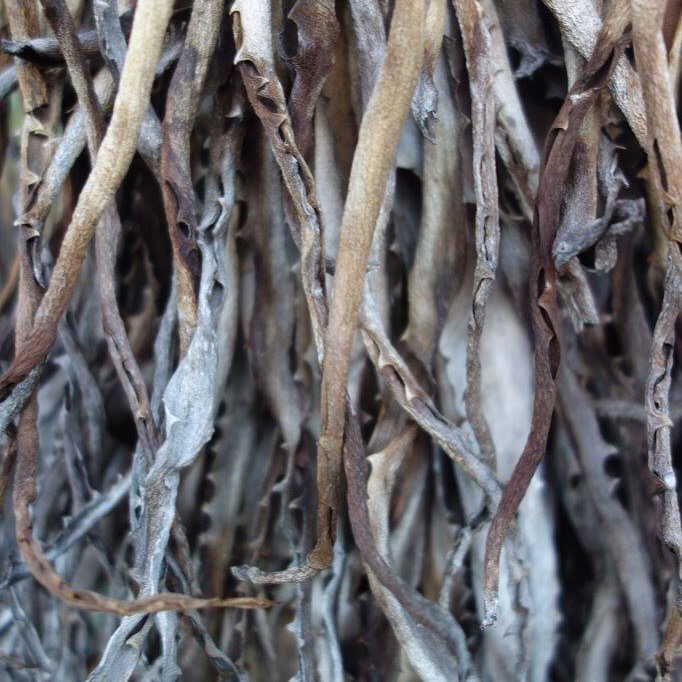a winter garden in paper....
grevillea heaven
The Grevilleas are flowering. Painting heaven.....
in the shadow
“The beauty of shadow comes from the beauty of light!”
winter landscape
winter gathering
“I prefer winter and fall, when you feel the bone structure of landscape - the loneliness of it - the dead feeling of winter. Something waits beneath it, the whole story doesn’t show.”
trees by the lake
I have been spending time by the lake in the Australian Plant Section of the botanical gardens walking and writing and staring at the reflections on the water .
a return to the lake.......
“All pictures painted inside the studio will never be as good as the things done outside”
Cooler weather ...it"s time to head into the garden and paint.
magnolia
“Every leaf speaks bliss to me, fluttering from the autumn tree. ”
thorns and petals
The Arid Zone......Thorns....During the month of April I enjoyed the arid zone with it's beautiful Aloes and Euphorbias and the succulents in the Cacti and Succulent house. I also enjoyed meeting Prue who looks after the succulents,the fern house and the tropical Dome.
The Temperate Zone......Petals....... on the other side of the lake the Camellias and Magnolias are flowering. What a beautiful sight!
un doing
This week I went to the Botanical gardens and sat on the park bench. No need to take a photograph. No need to pick a specimen. No need to do anything.
Look at the lake. Smell the swampy water. Listen to the birds. Feel the gentle morning breeze on my skin.
Just perfect!
“Blow the candle out - I don’t need to see what my thoughts look like”
the picture of the lake taken on the 17 March
oh Stapelia!
This week I continue to paint specimens from the succulent and aloe garden.
During my early morning visit to the gardens on Wednesday I met Prue who is back from her holiday. She looks after the succulent area.. She very kindly picked me a Stapelia from the garden to include in my box of specimens to paint for the week... She also informed me I would have to clean the fly larvae out of the center as I may have a maggot problem in the studio if I don't! The Stapelia is a carrion flower and its odour of rotting meat attracts insects to it.
Back in the studio I immediately set to work picking the fly larvae out of the flower centre with a toothpick and giving it a good rinse. The flower feels like latex. looks like a starfish. and it proved a very difficult specimen to paint.
I failed. My miserable effort ended up being torn up and placed in the bin. But I was treated to a wonderful display of the Stapelia flower on my work desk being lit up by an afternoon ray of sunshine.
That was worth the struggle!
into the arid zone
The work table in the studio is full of wonderful thorny specimens from the botanical gardens.
Handle with care!
“the desert is oozing power”
don Juan whispered in my ear
”there is no time to be timid”
”
thorny poetry
For the month of April I will be in the arid zone.......
I am meeting Steve,the supervisor of this area of the botanical gardens, on Friday. I will be focusing on Southern African succulents and have some ideas for 'arid zone inspired' sculptures. I'm excited!
“‘So they drove again, Vivien sitting up and looking now, but as navigator only, letting the desert scratch it’s own thorny poetry on the enormous moon’”
petal by petal
Taking a break from painting over the Easter weekend and exploring papery sculptural options for the project.....
autumn
“Live in each season as it passes; breathe the air, drink the drink, taste the fruit, and resign yourself to the influence of each.” —Henry David Thoreau
banksia love
This week my studio is full of Banksias. I have fallen in love with these strange and beautiful plants... I would not call myself a botanical artist..rather... I use flowers as inspiration...my paintings are not scientific representations of the plant but I try to remain true to the plant and paint what I see.
“It”s not what you look at that matters, it’s what you see”
Archaeological evidence suggests that banksias or Banksia-like plants have existed for over 40 million years. The first humans to discover and make use of Banksia plants were the Australian aborigines who used the nectar from the flowers as part of their diet.
The first Europeans to observe banksias were probably Dutch explorers who made several landfalls along the West Australian coast during the 17th and early 18th centuries. No botanical collections were made, however, until the discovery of the east coast of Australia by Captain James Cook in the Endeavour in April 1770. Accompanying Cook were botanists Joseph Banks and Daniel Solander who collected many new species at Botany Bay including four which would later be included in a new genus, Banksia, named in honour of Joseph Banks' contribution to botany. (Australian Native Plants Society)
learning through seeing
Monday mornings I go early to the botanical gardens to collect specimens to paint during the week. I carefully select, cut and take them back to my studio. They are placed in a row of glass bottles on my work table. Each day I select a single flower to focus on. I try to simply paint what I see .
“when you take a flower in your hand and really look at it, it’s your world for the moment. I want to give that world to someone else.”
pastel drawings of this week's specimens hanging in the studio.
the place of honey bee dreaming
Mount Coot-tha was home to the Turrbal Aboriginal people for tens of thousands of years before European settlement. After settlement the summit was cleared, leaving a single Eucalpyt tree. This gave rise to the name One Tree Hill, which remained in place until 1880, when the area became a public recreation reserve. The name Coot-tha comes from the Aboriginal word ku-ta meaning honey. This area was where the Aboriginal people collected honey from the native stingless bee. Coot-tha means ‘place of honey’.
09.02.16
praying
it doesn't have to be
a blue iris, it could be
weeds in a vacant lot, or a few small stones, just
pay attention, then patch
a few words together and don't try
to make them elaborate, this isn't
a contest but the doorway
into thanks, and a silence in which
another voice may speak.
Mary Oliver. Thirst
